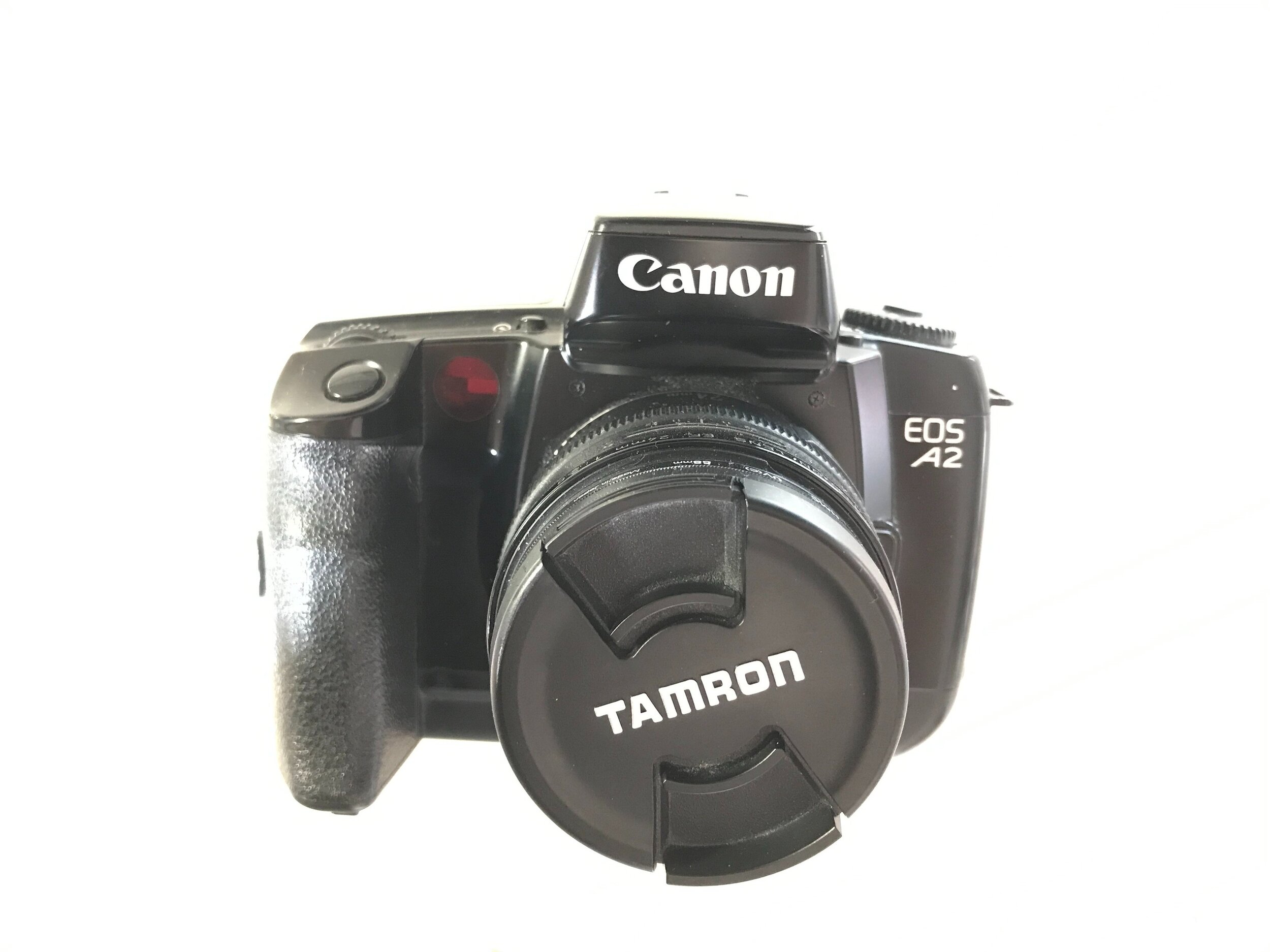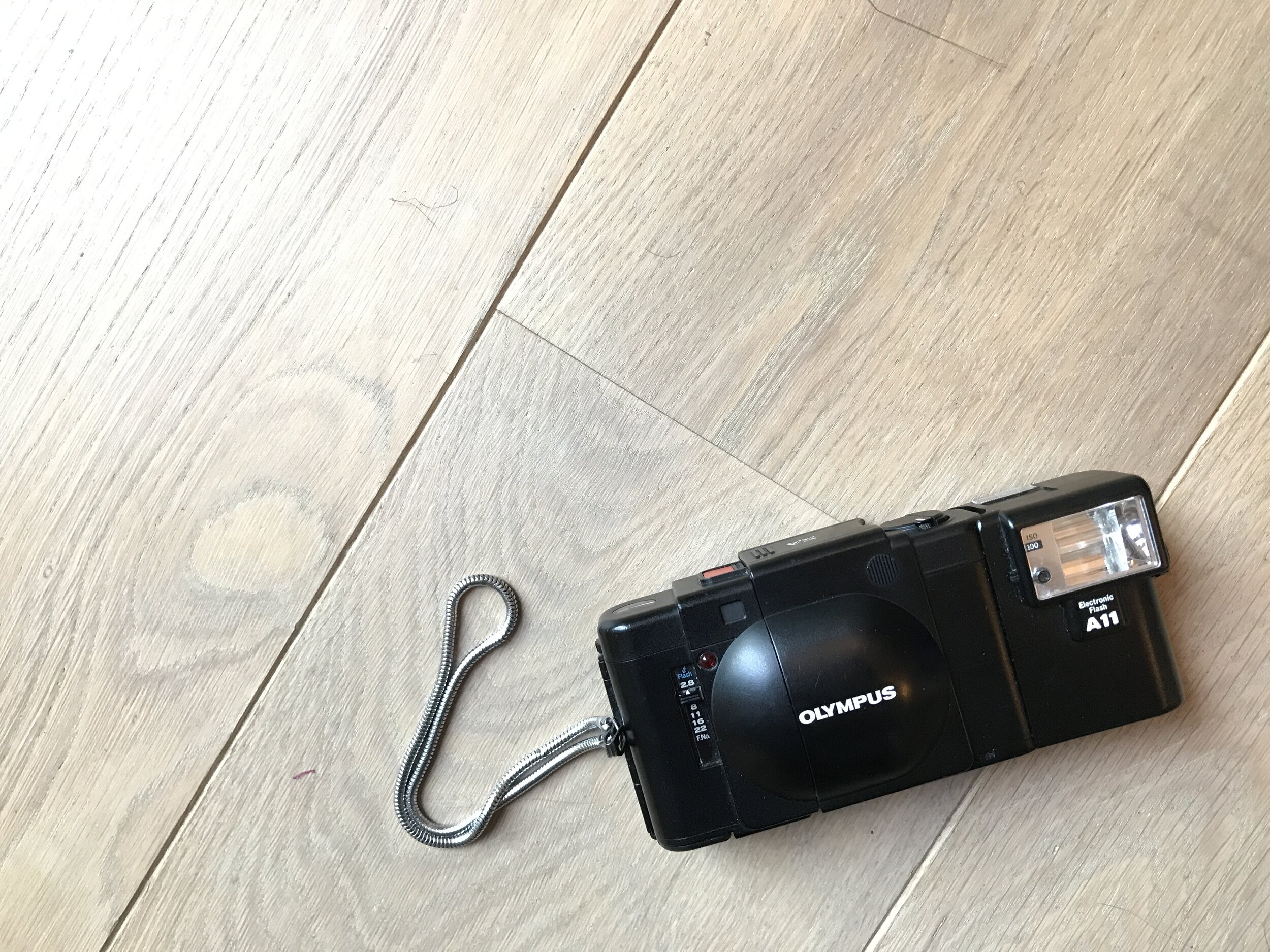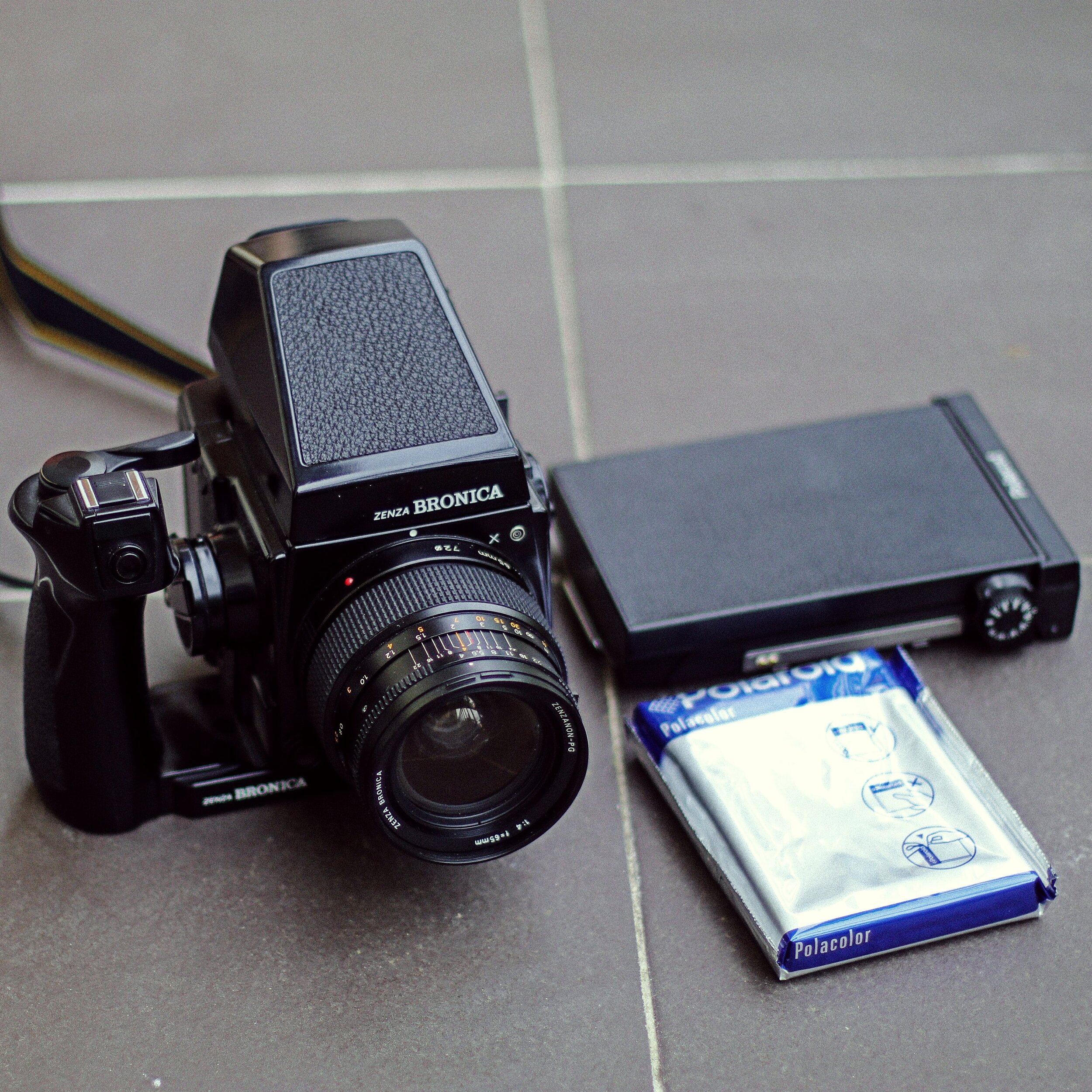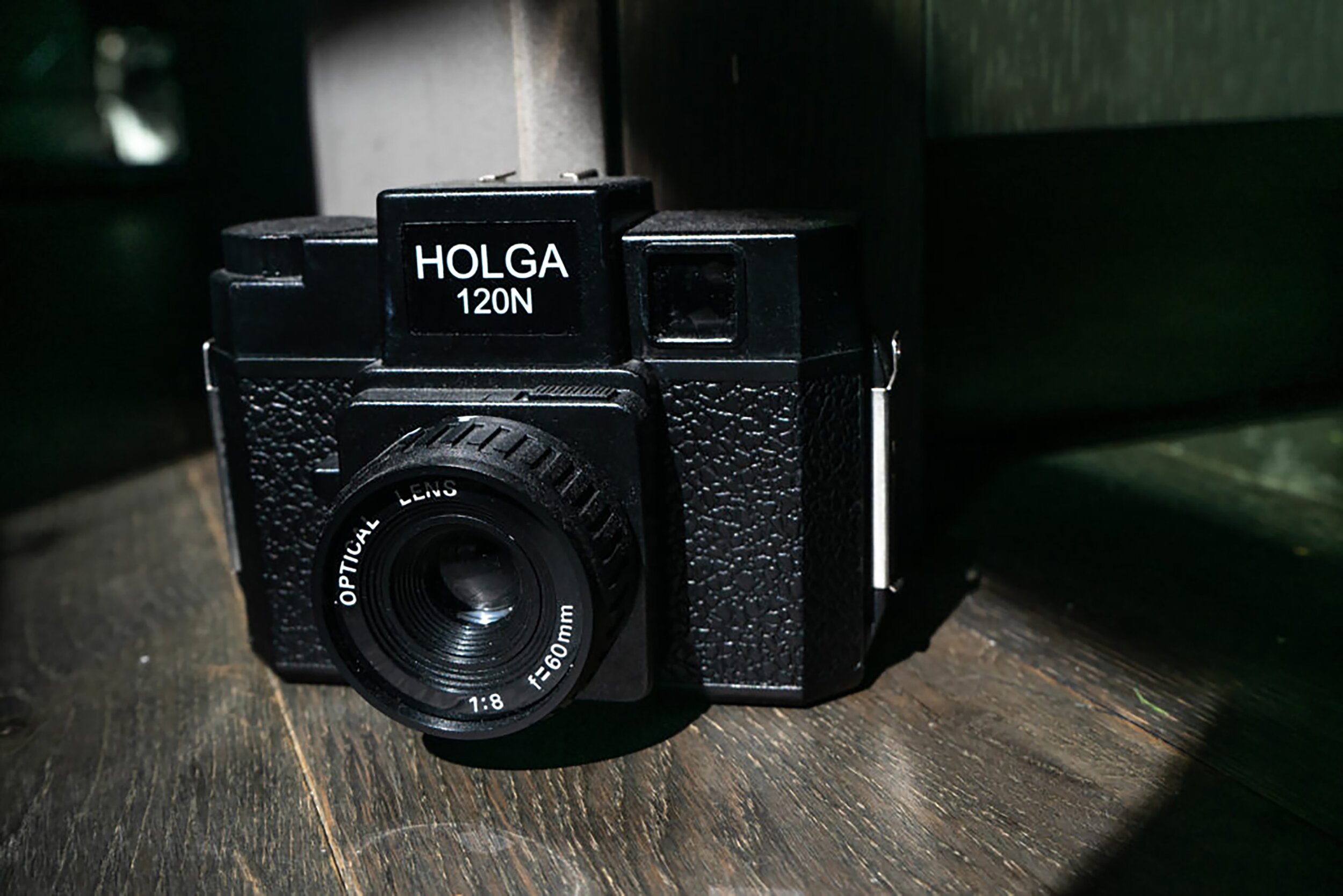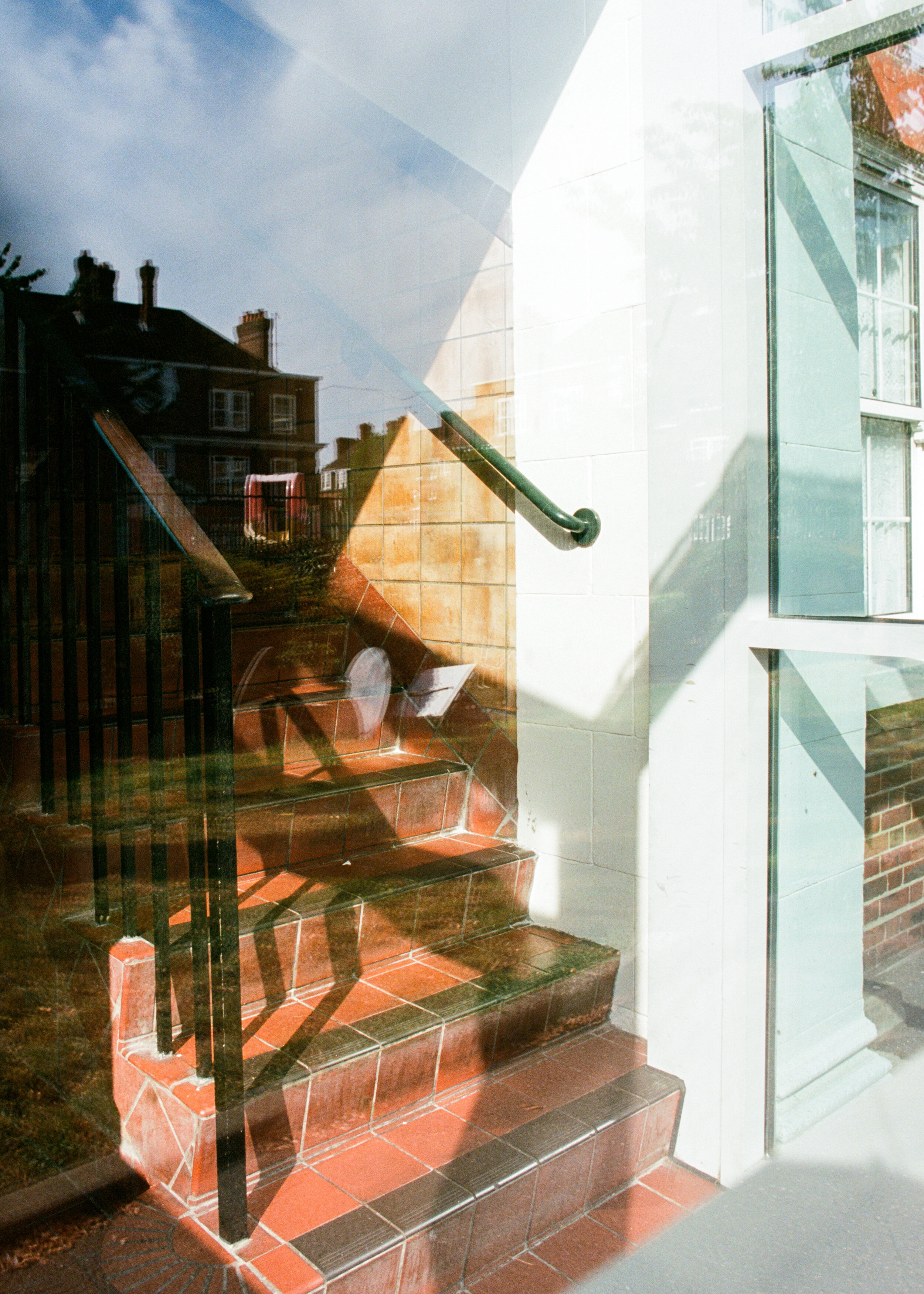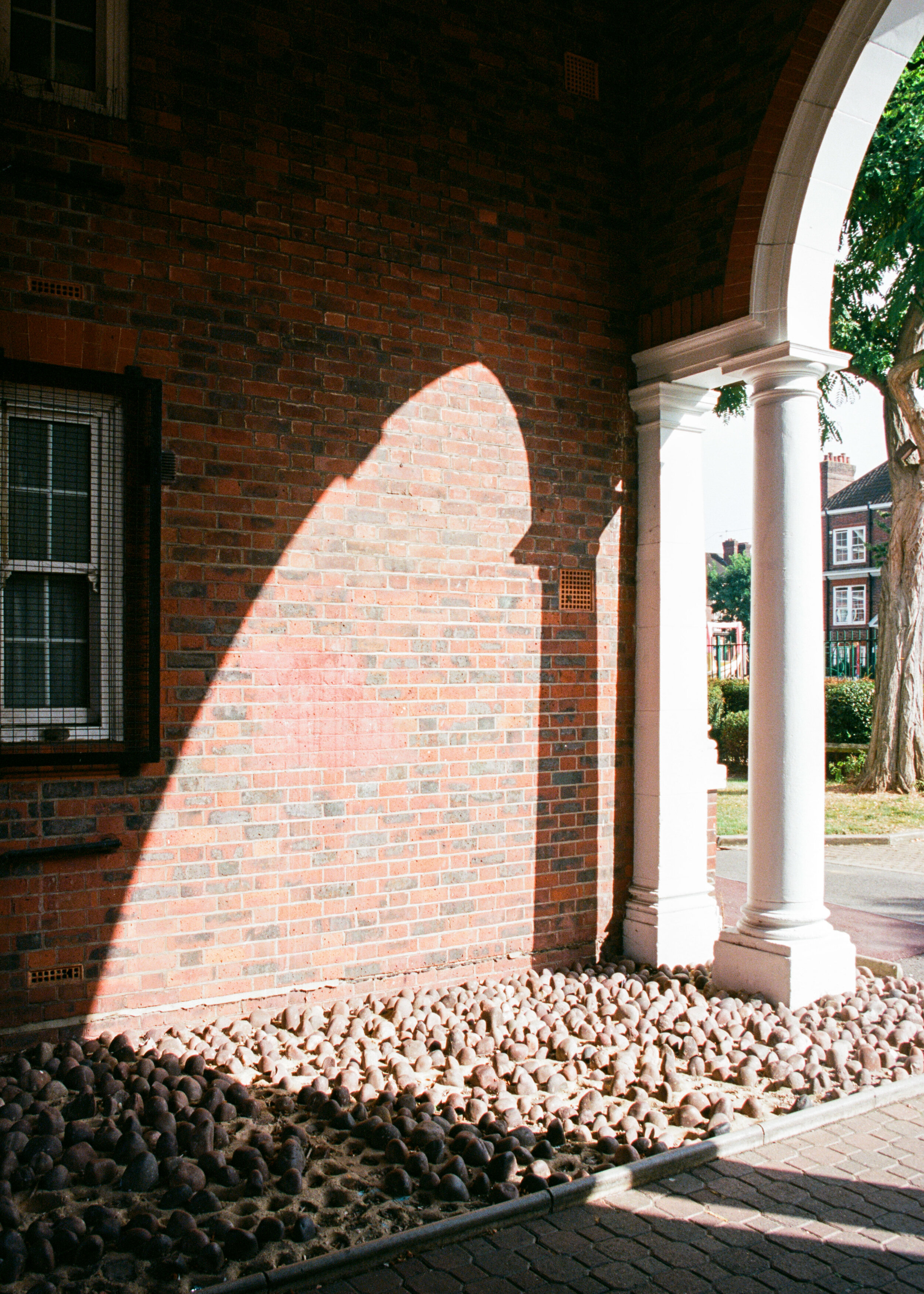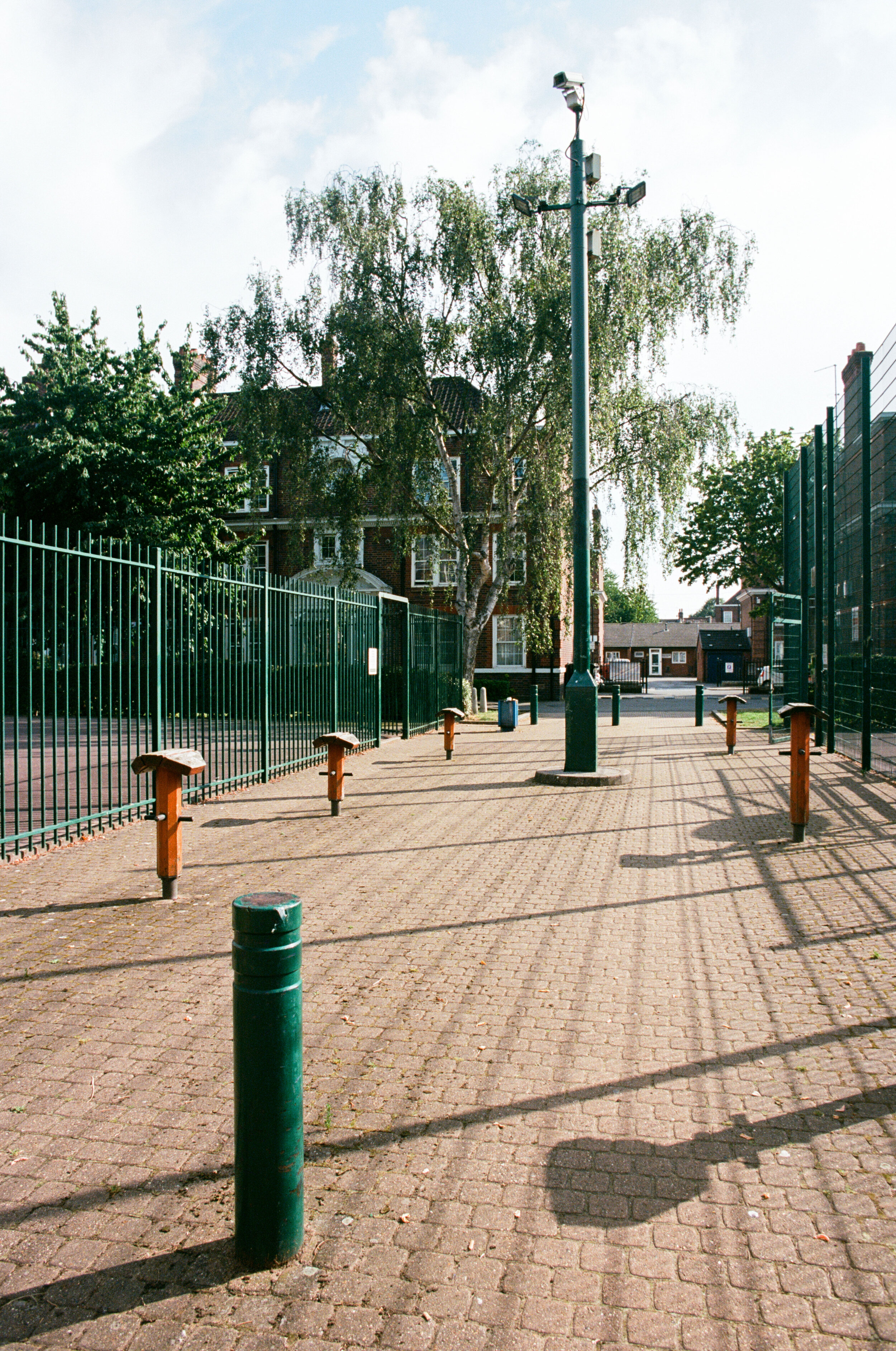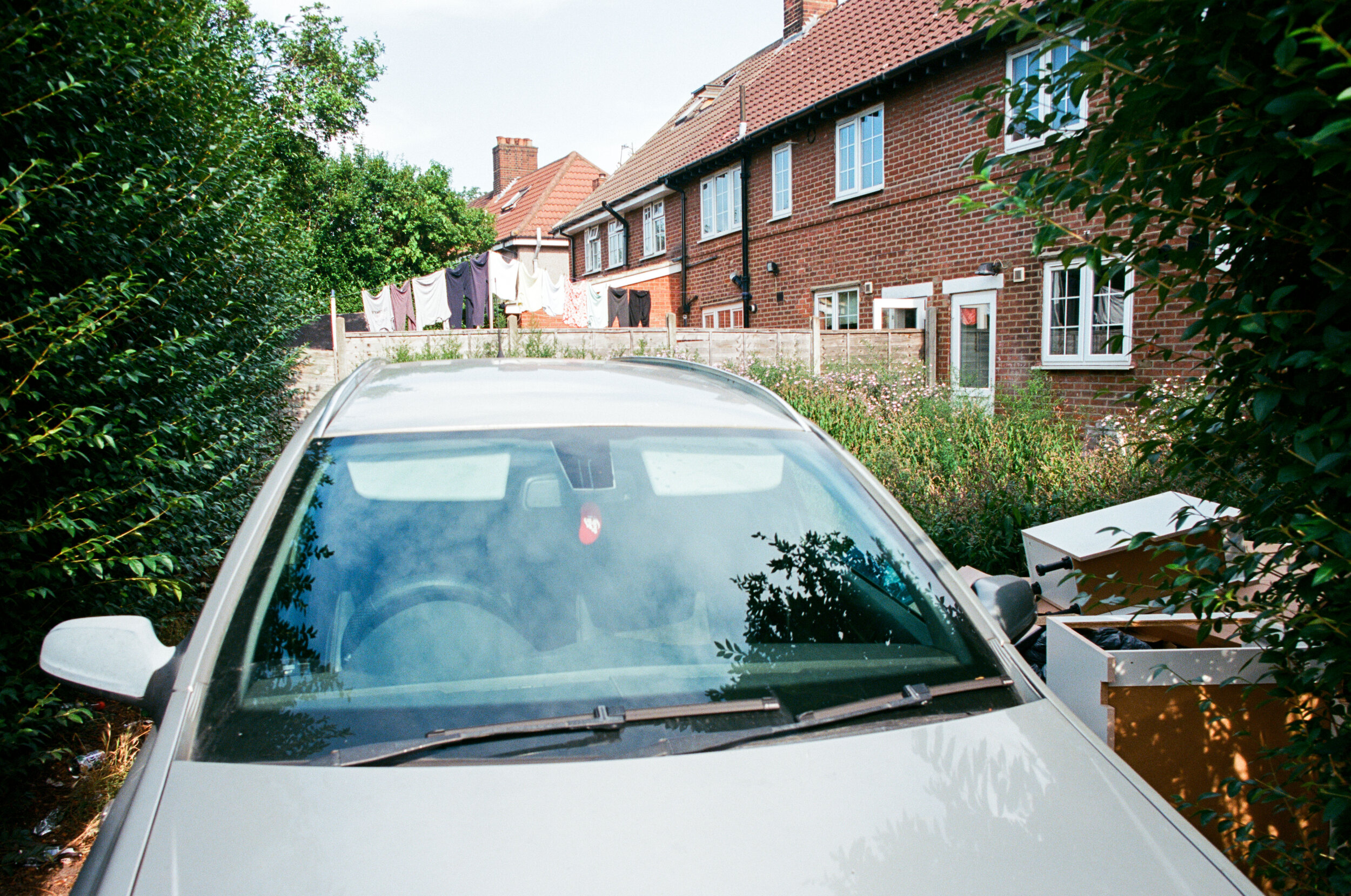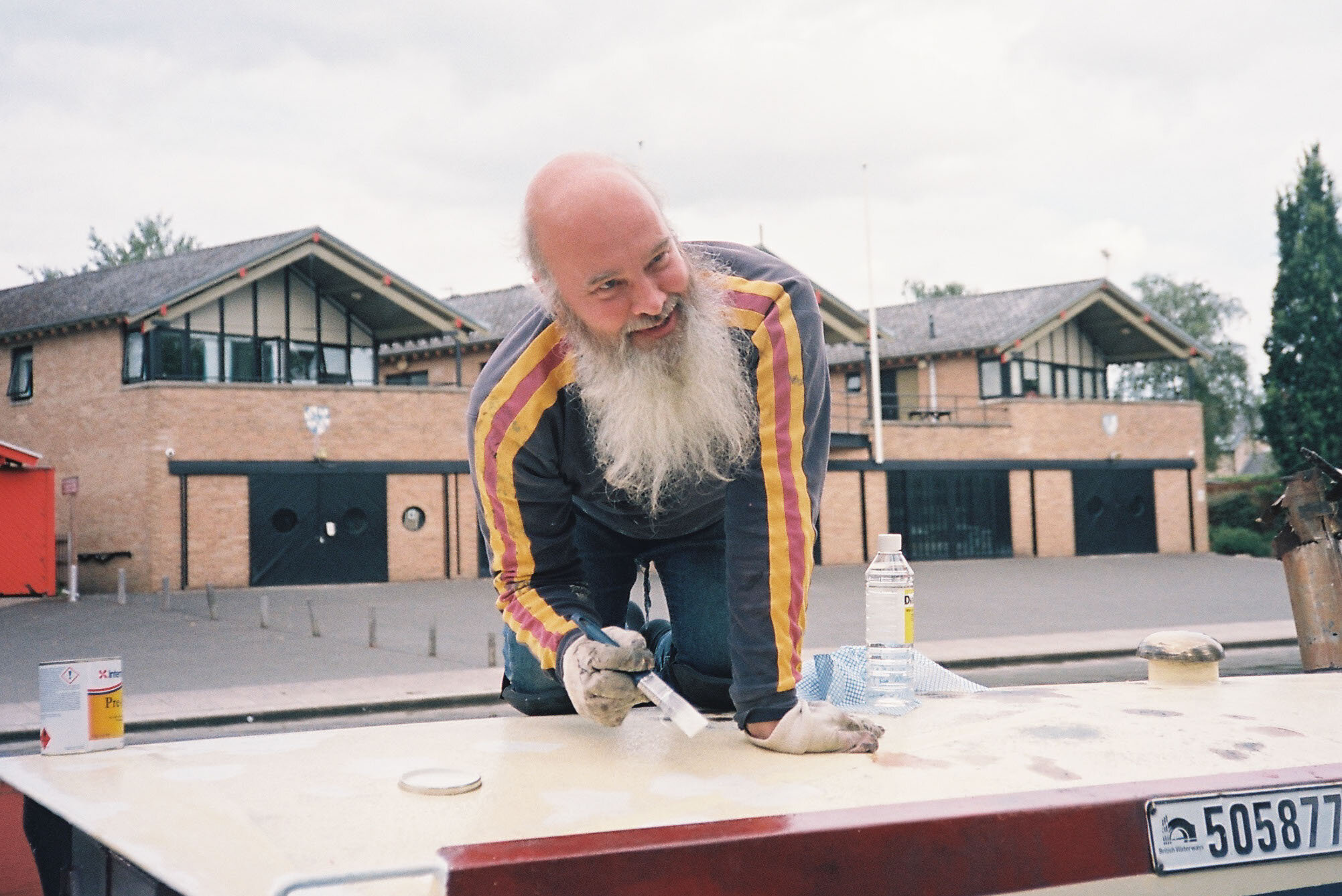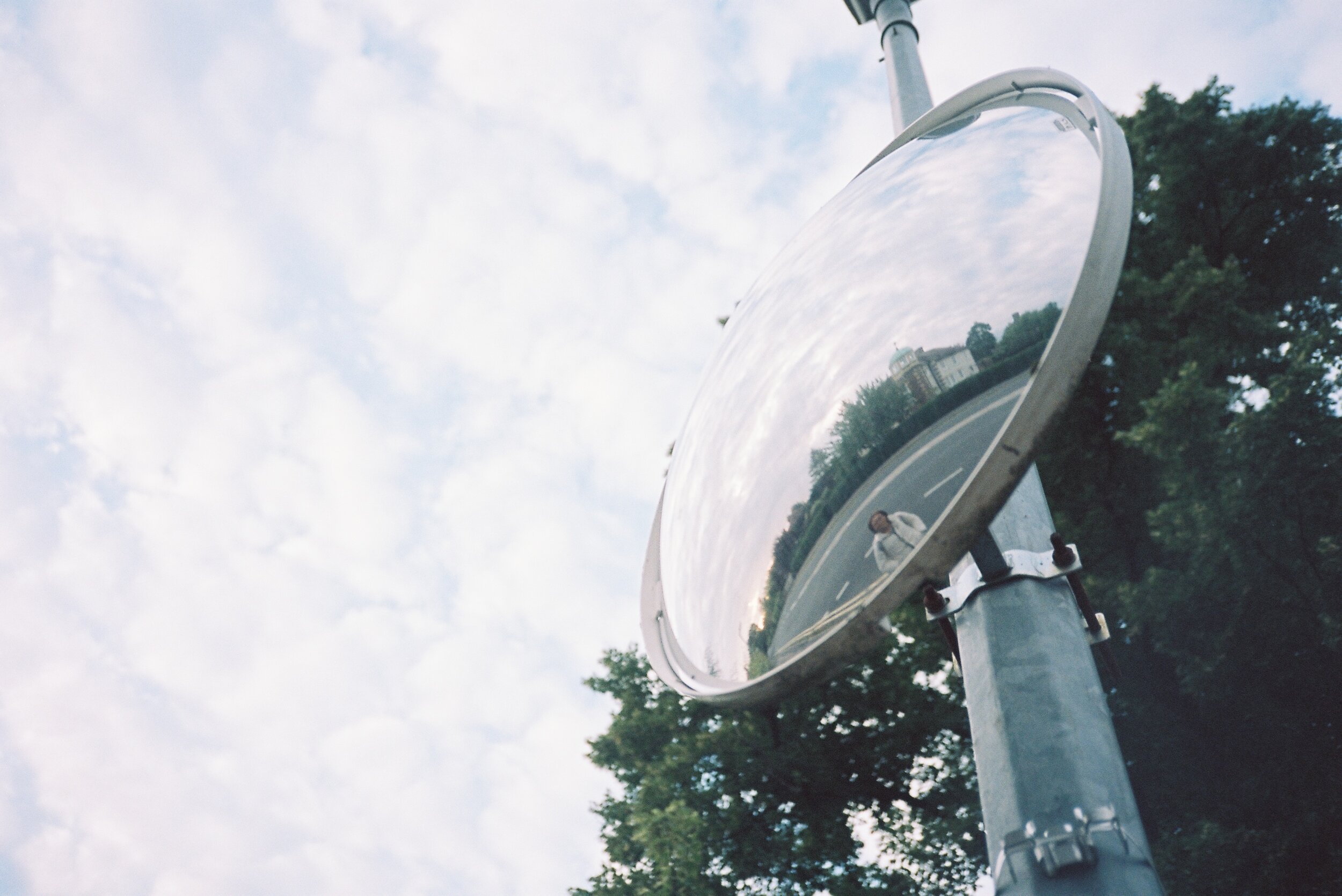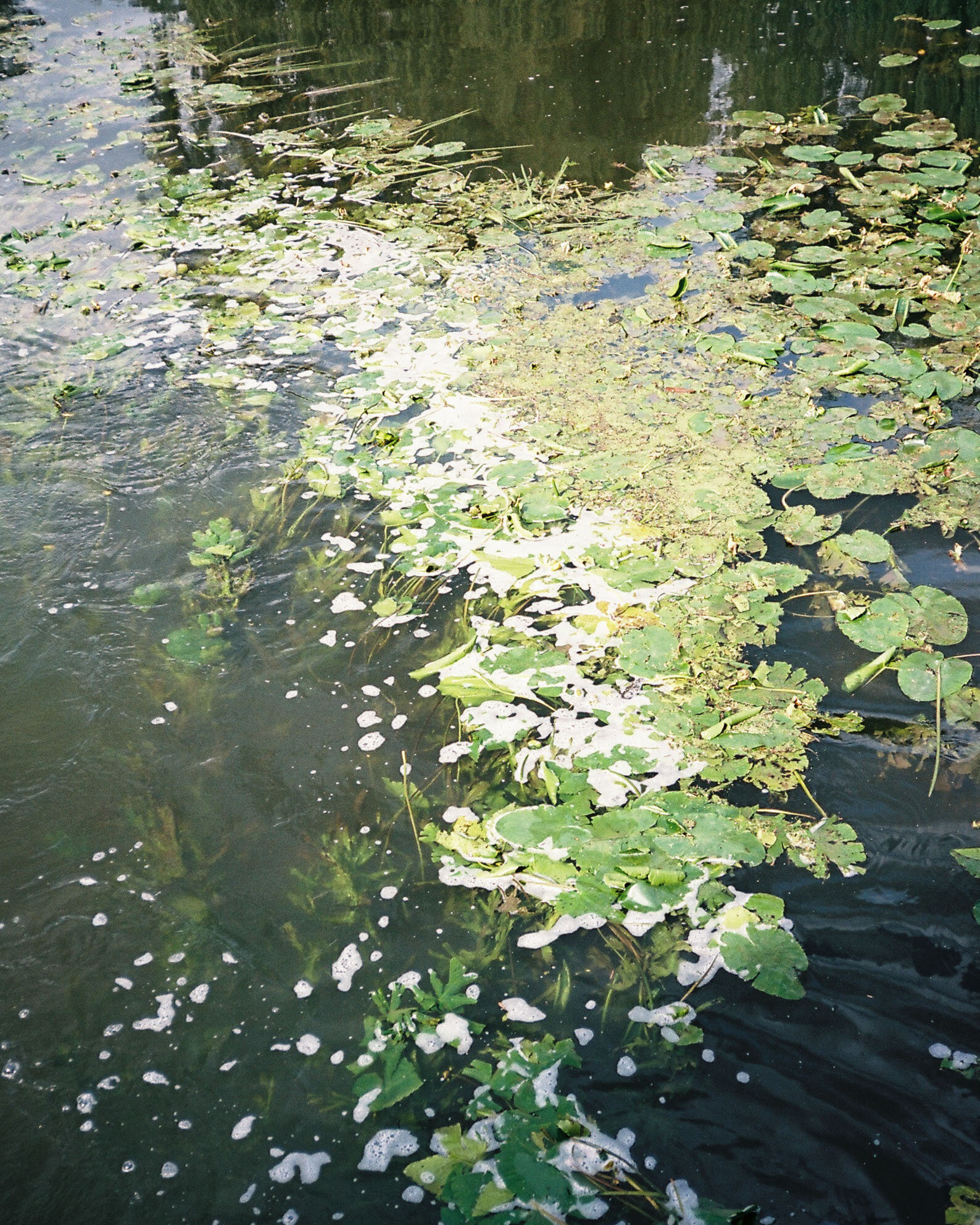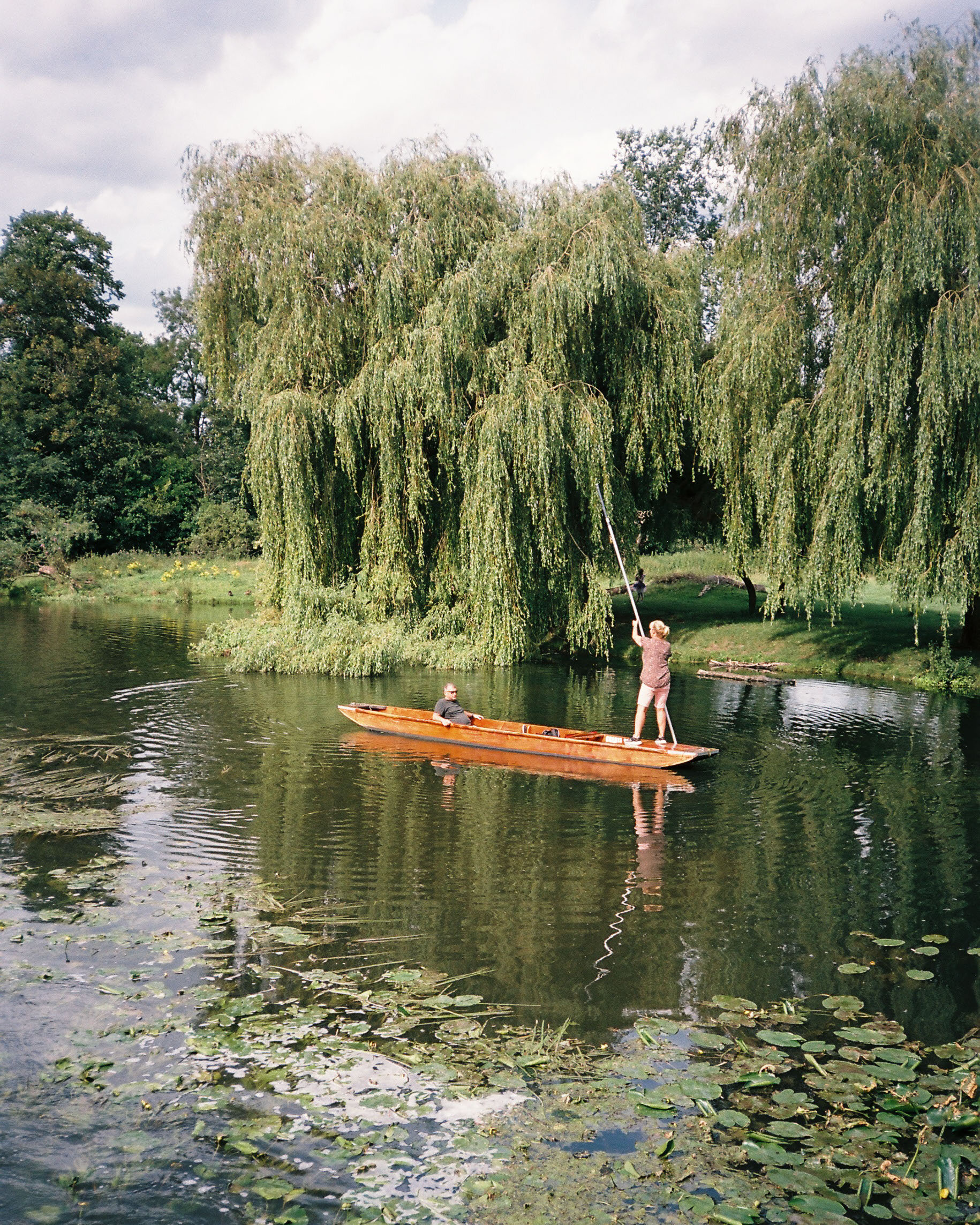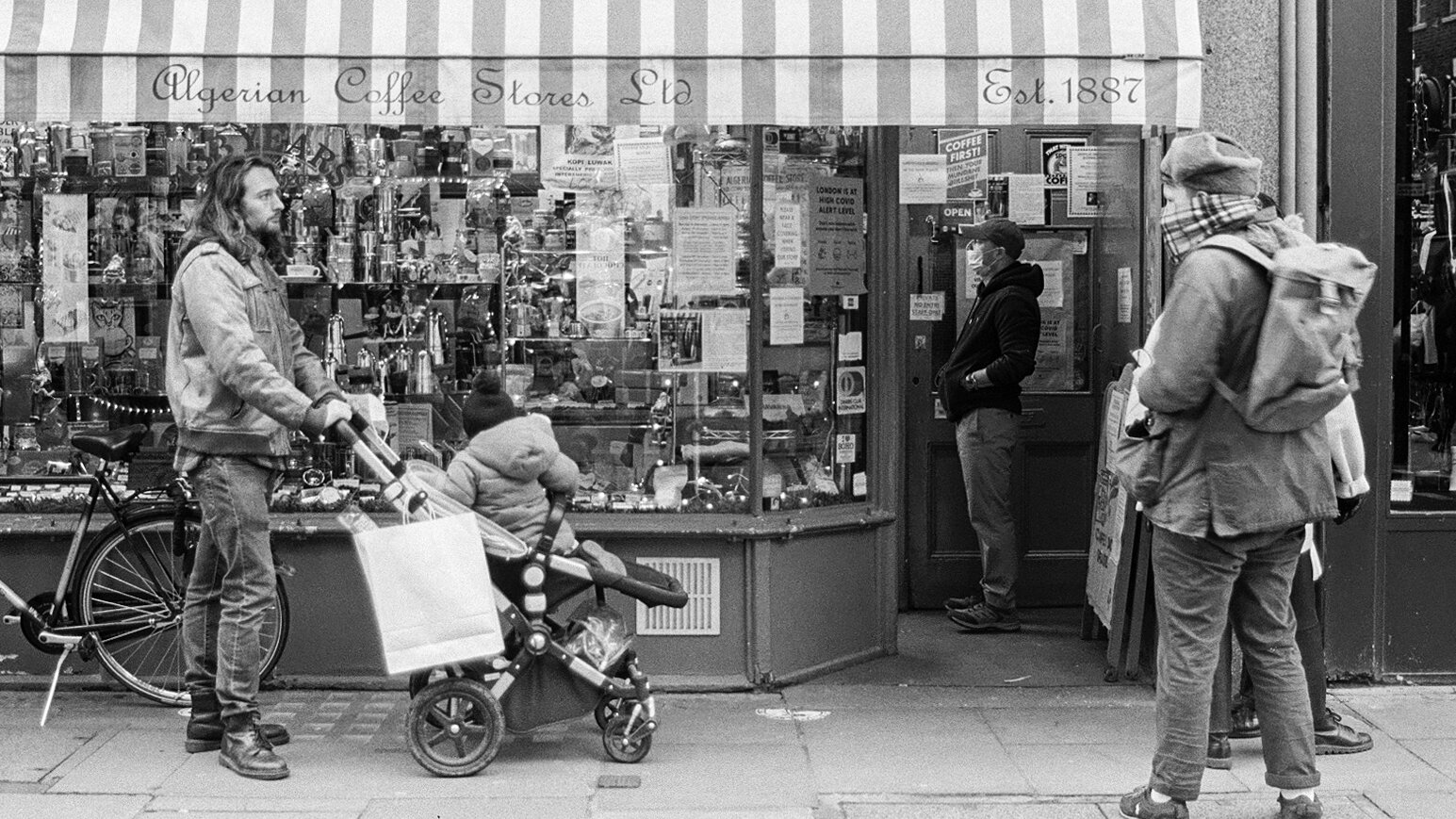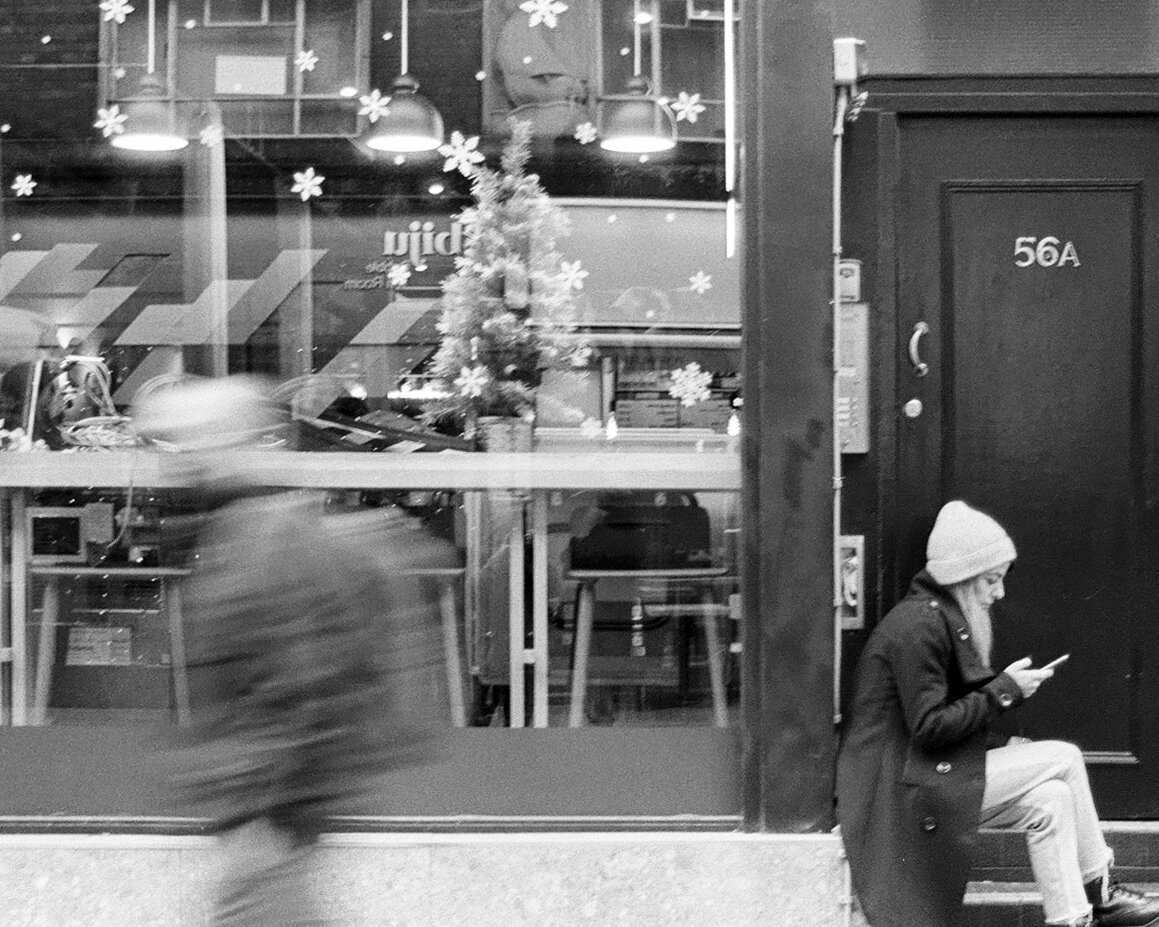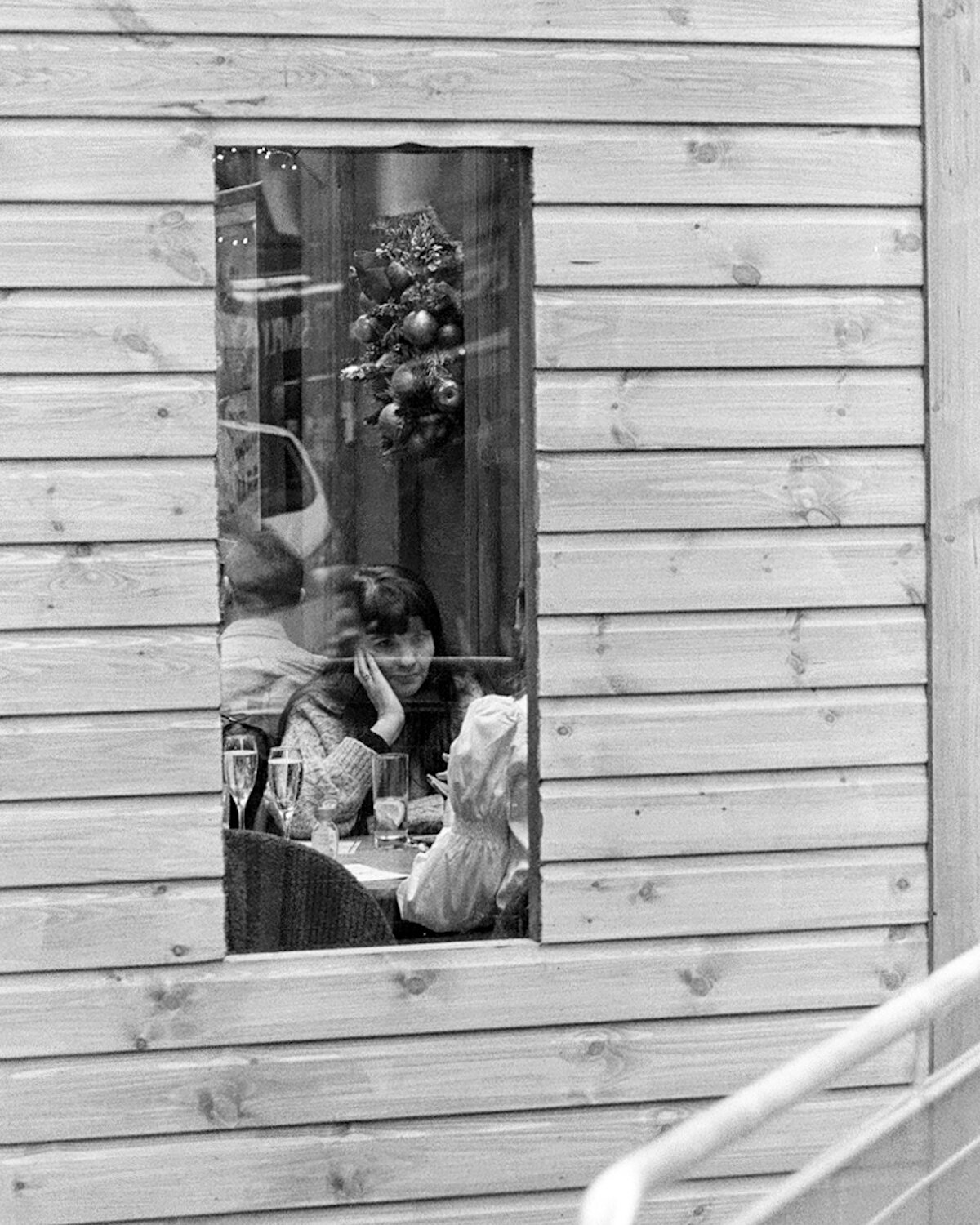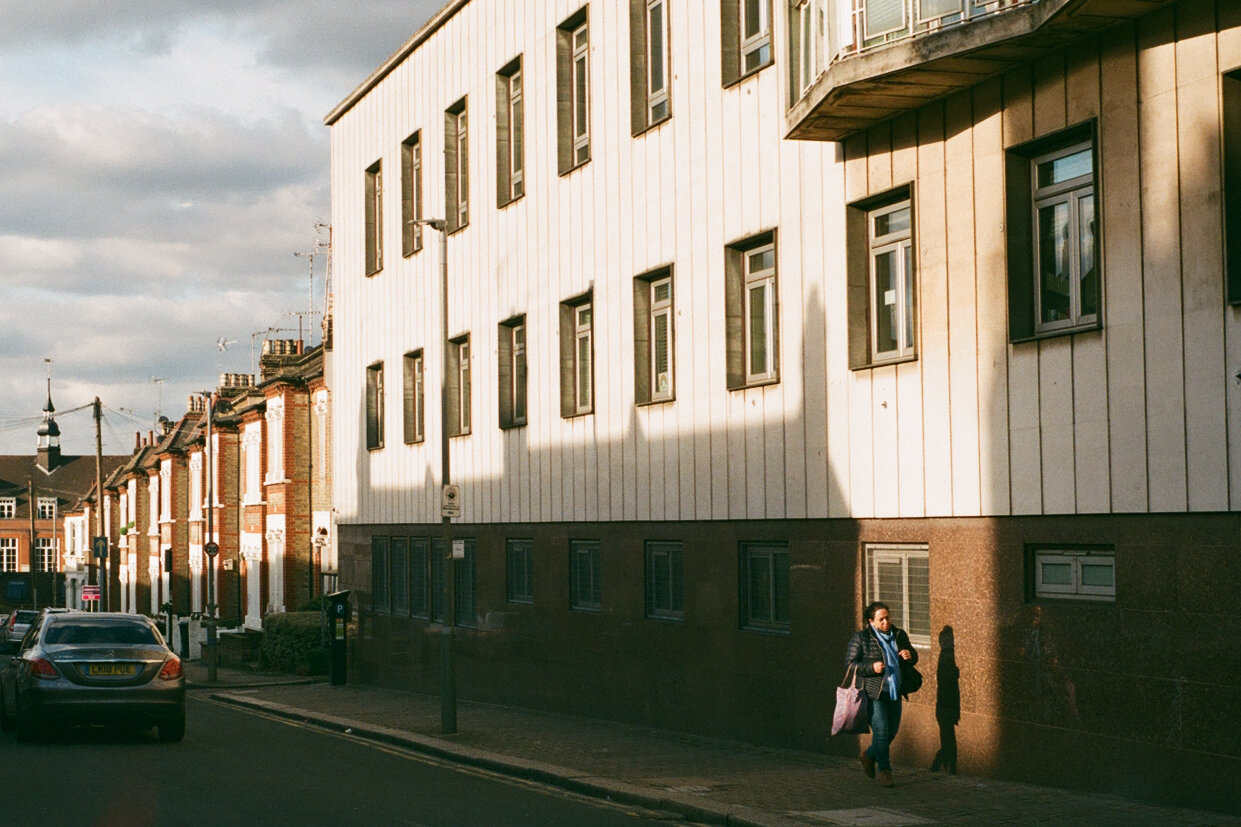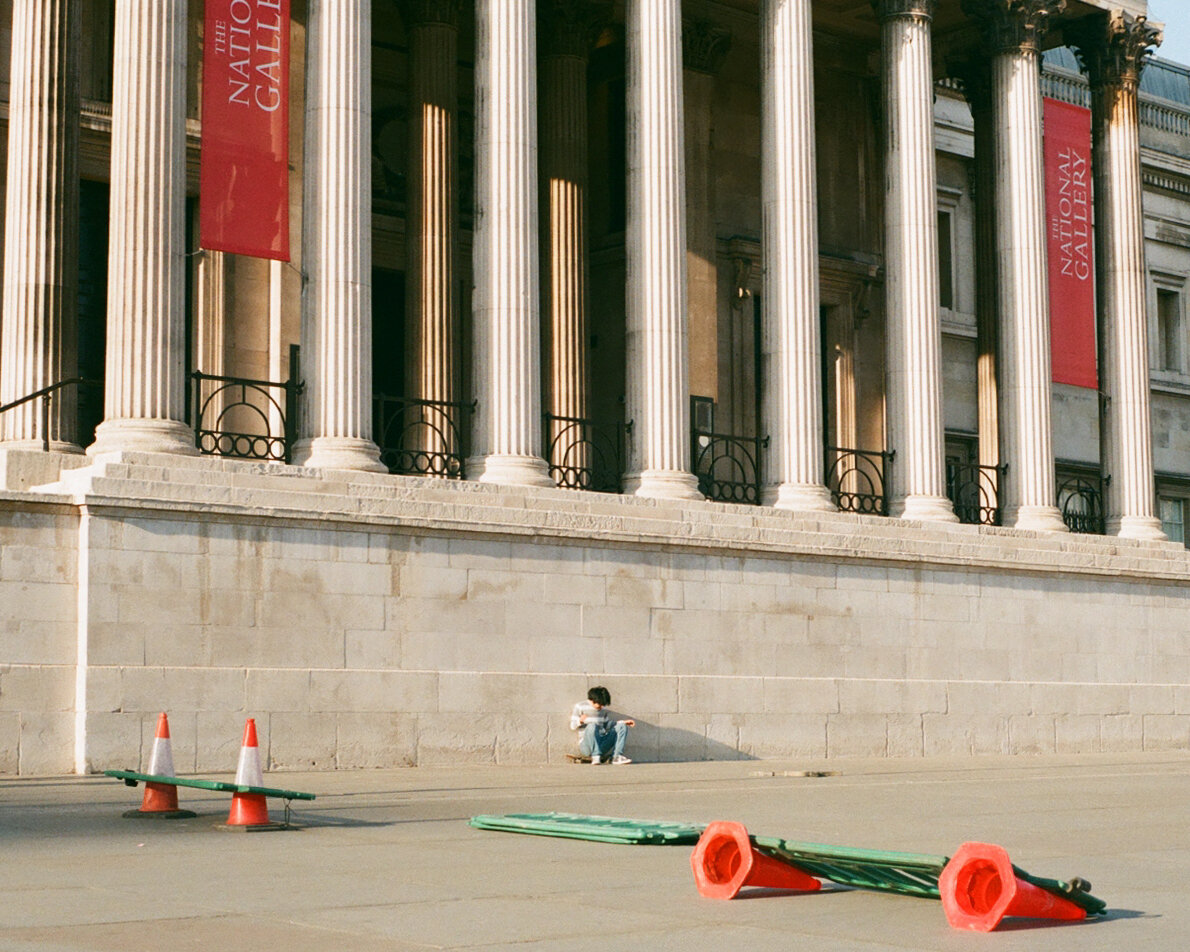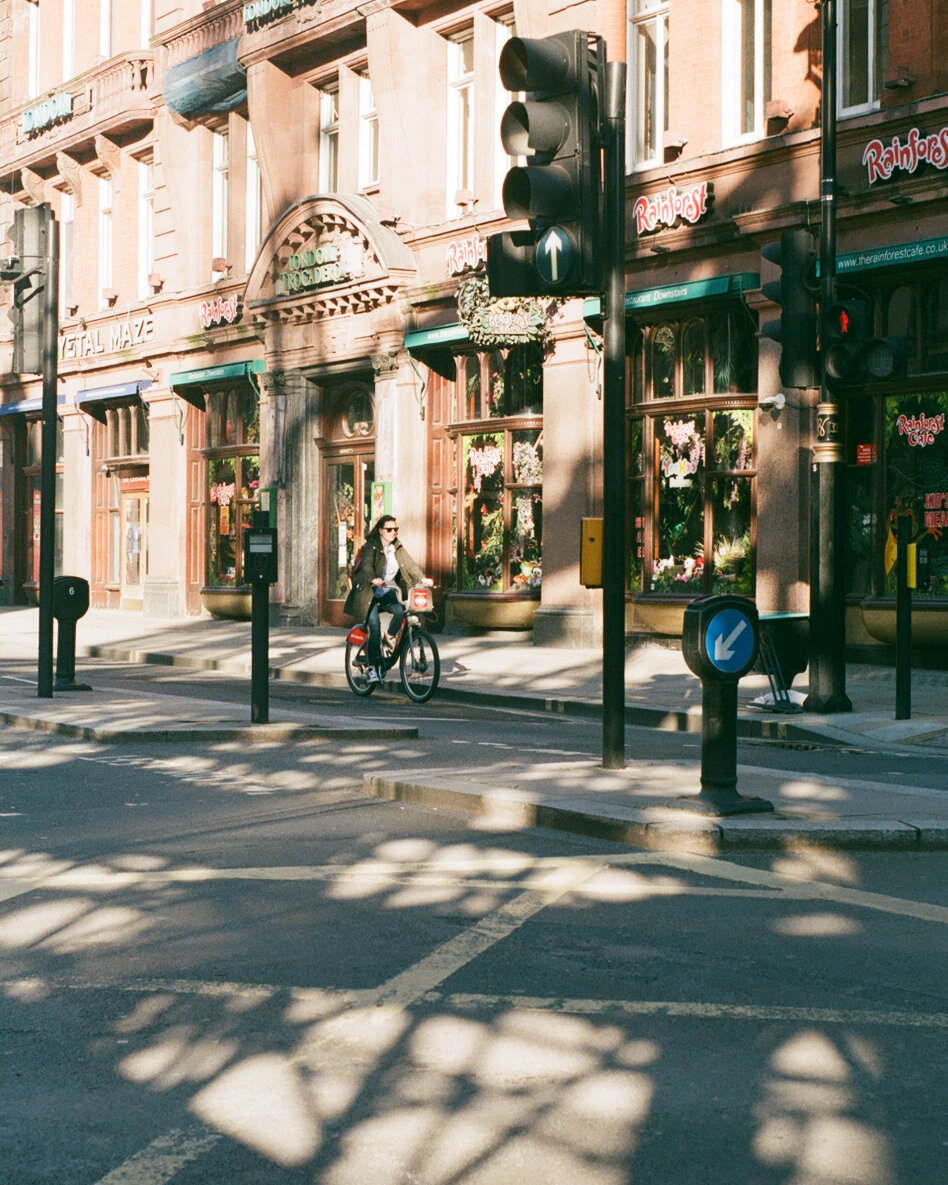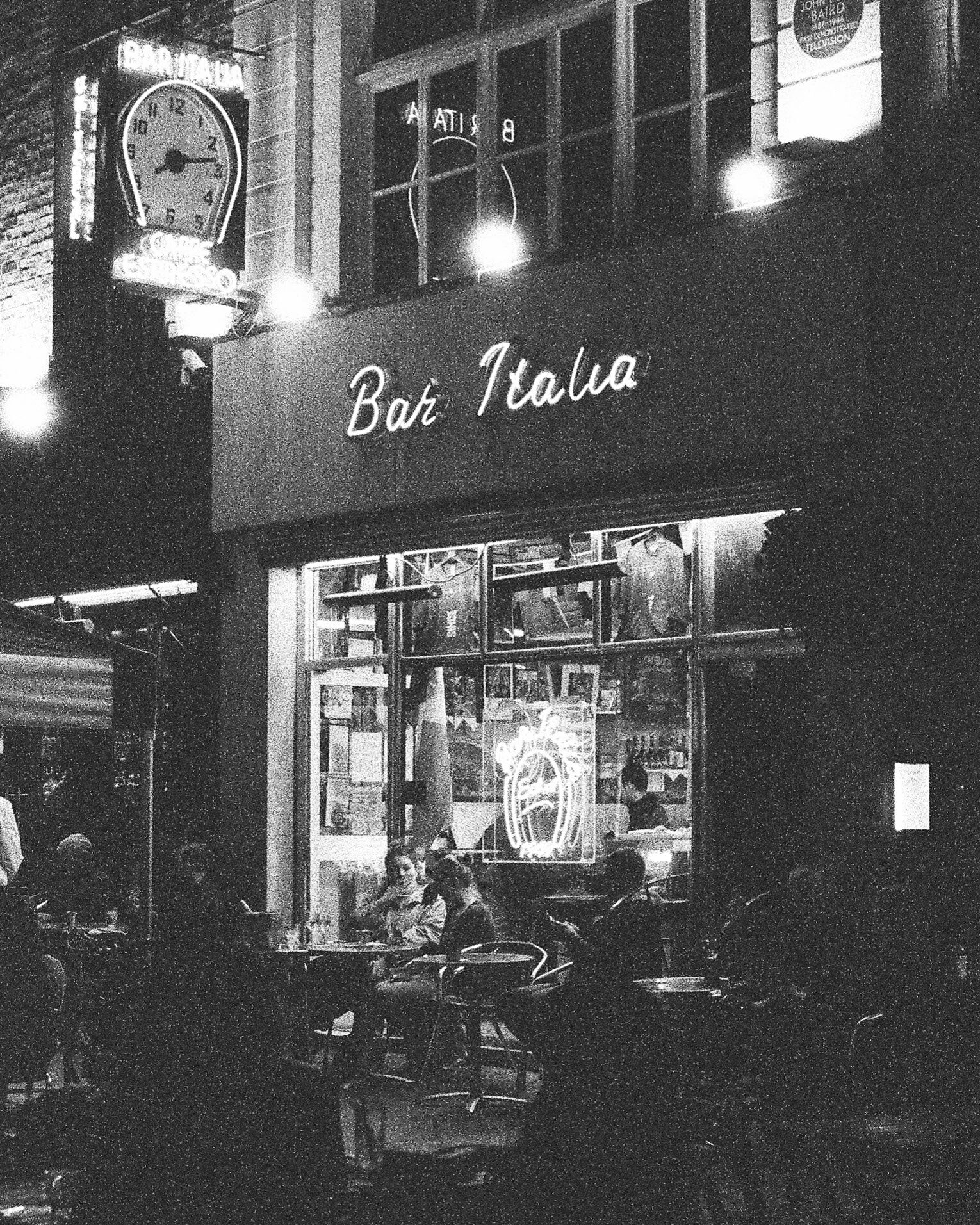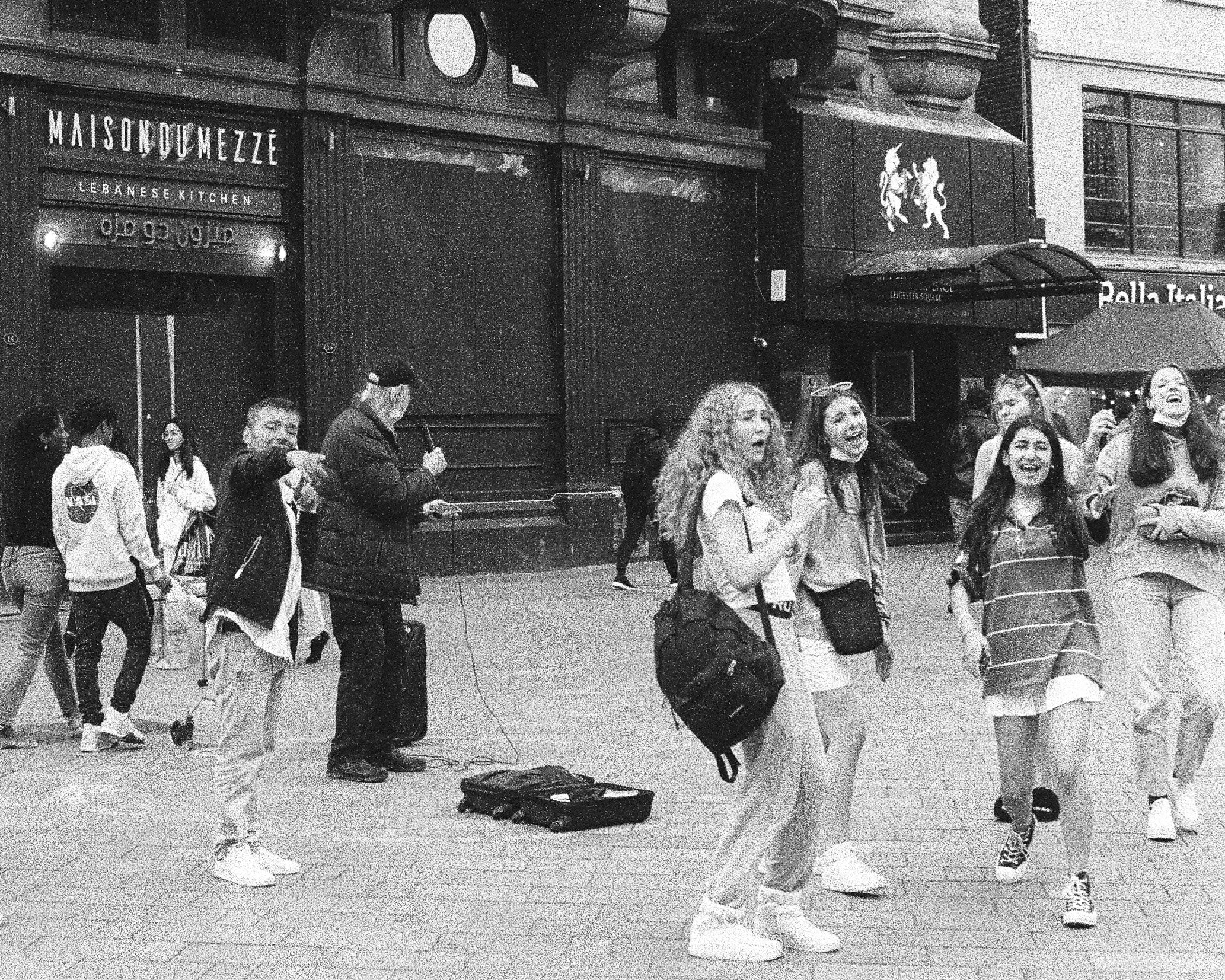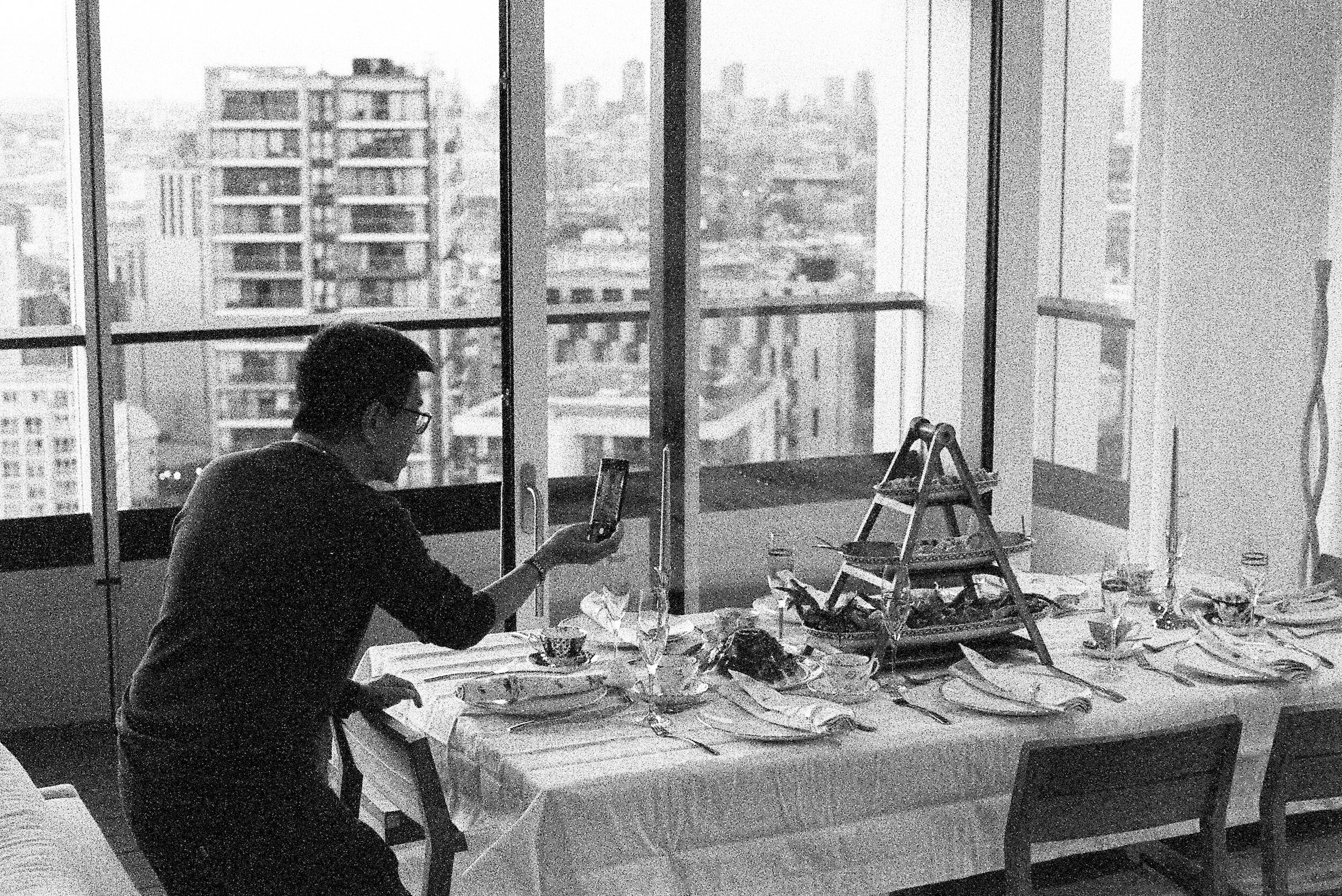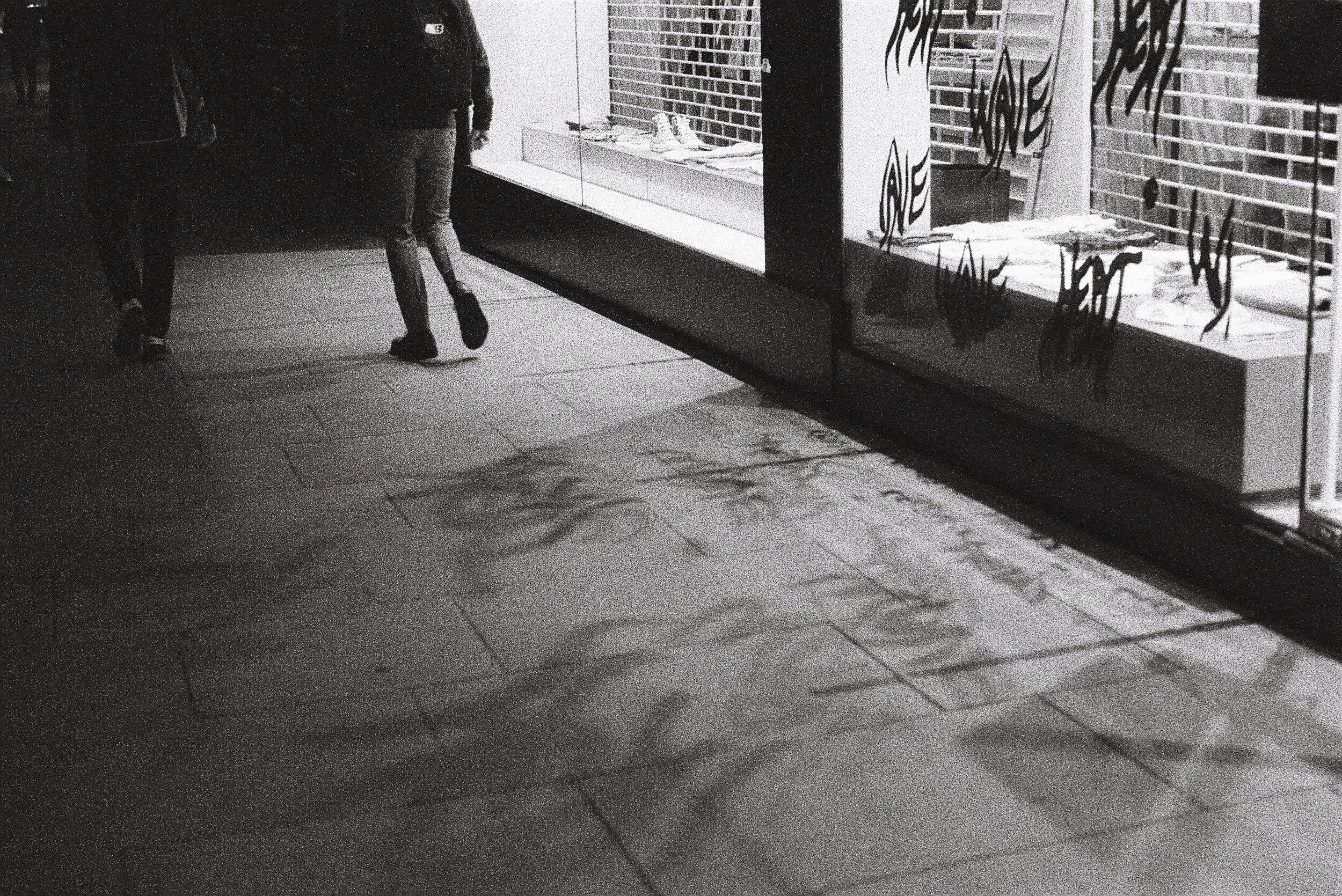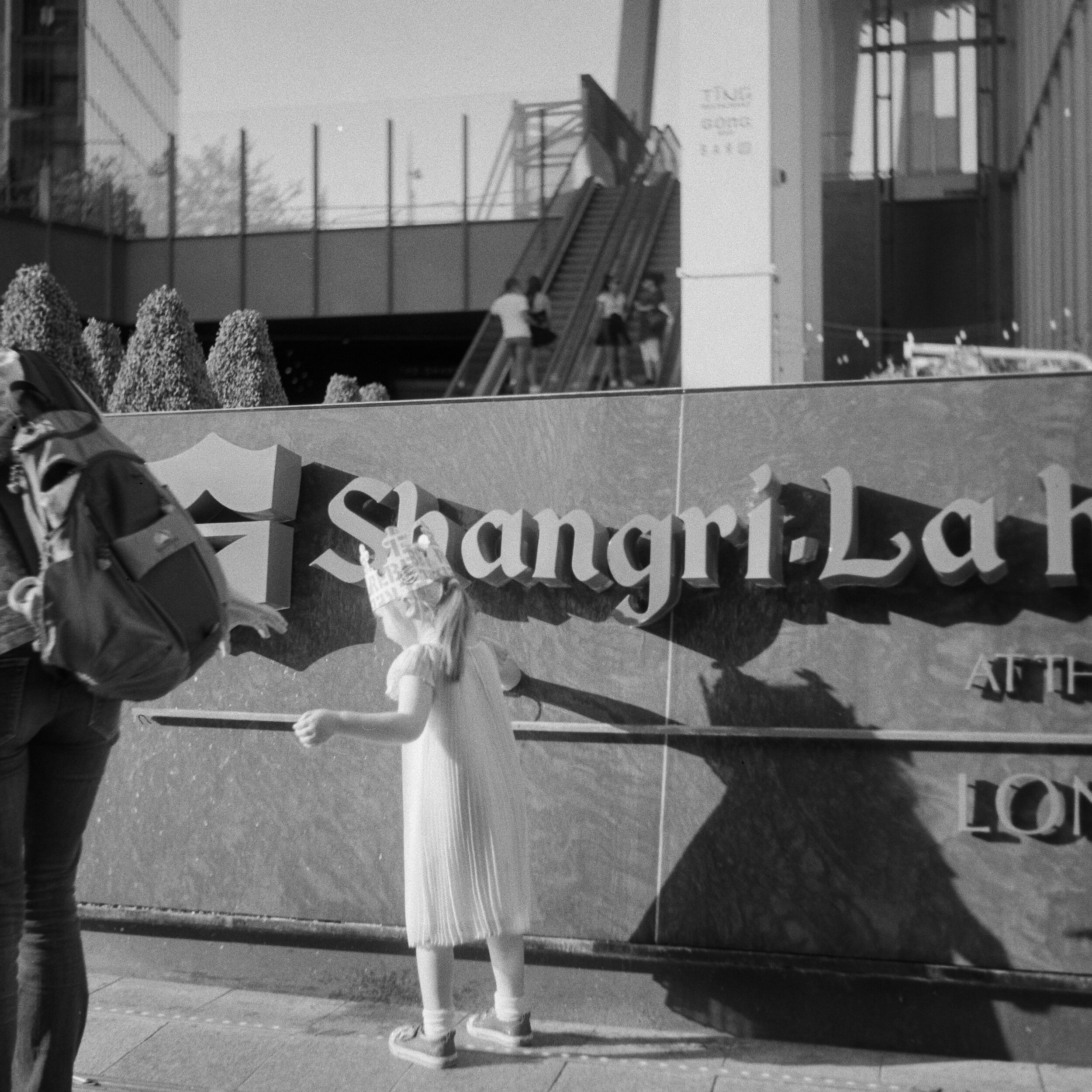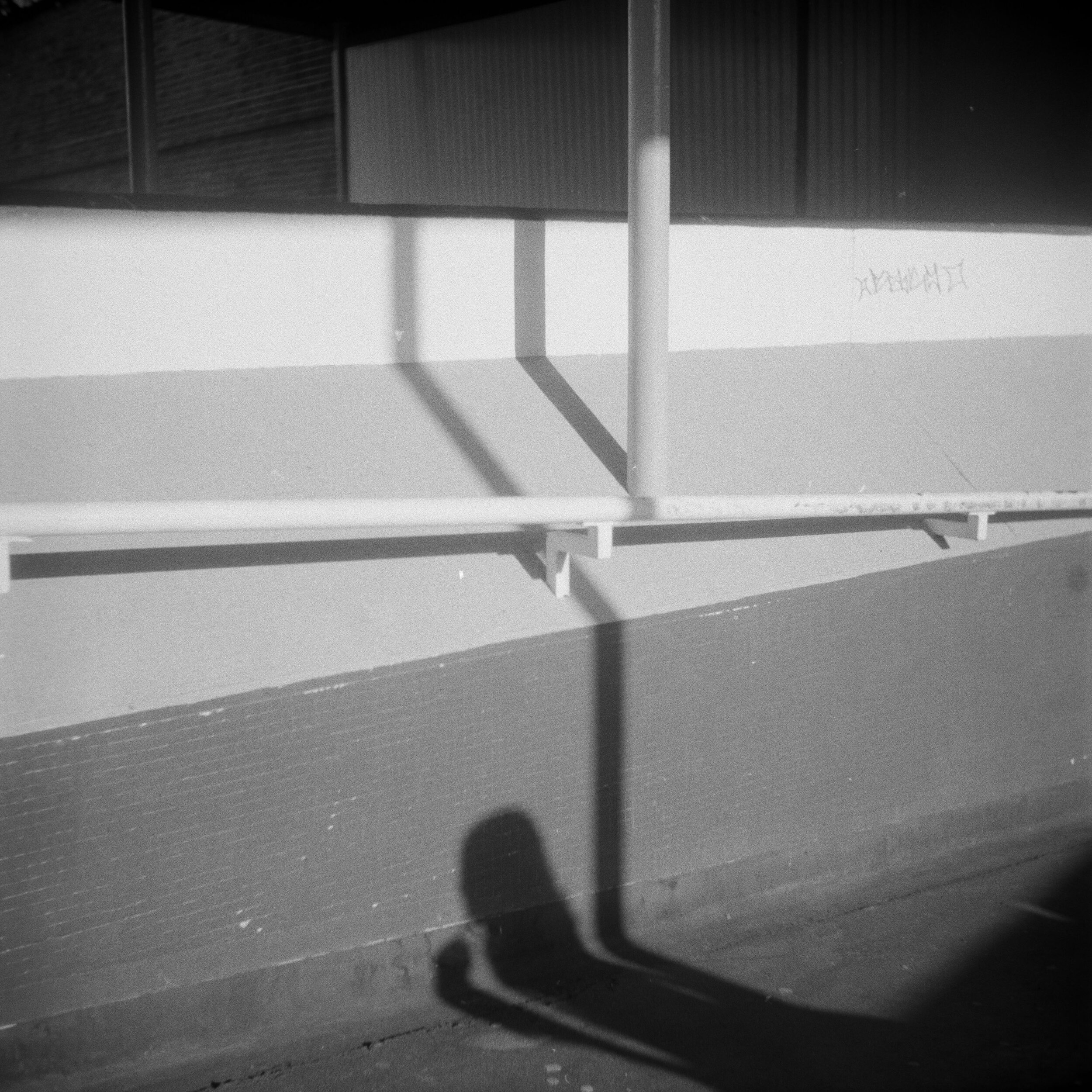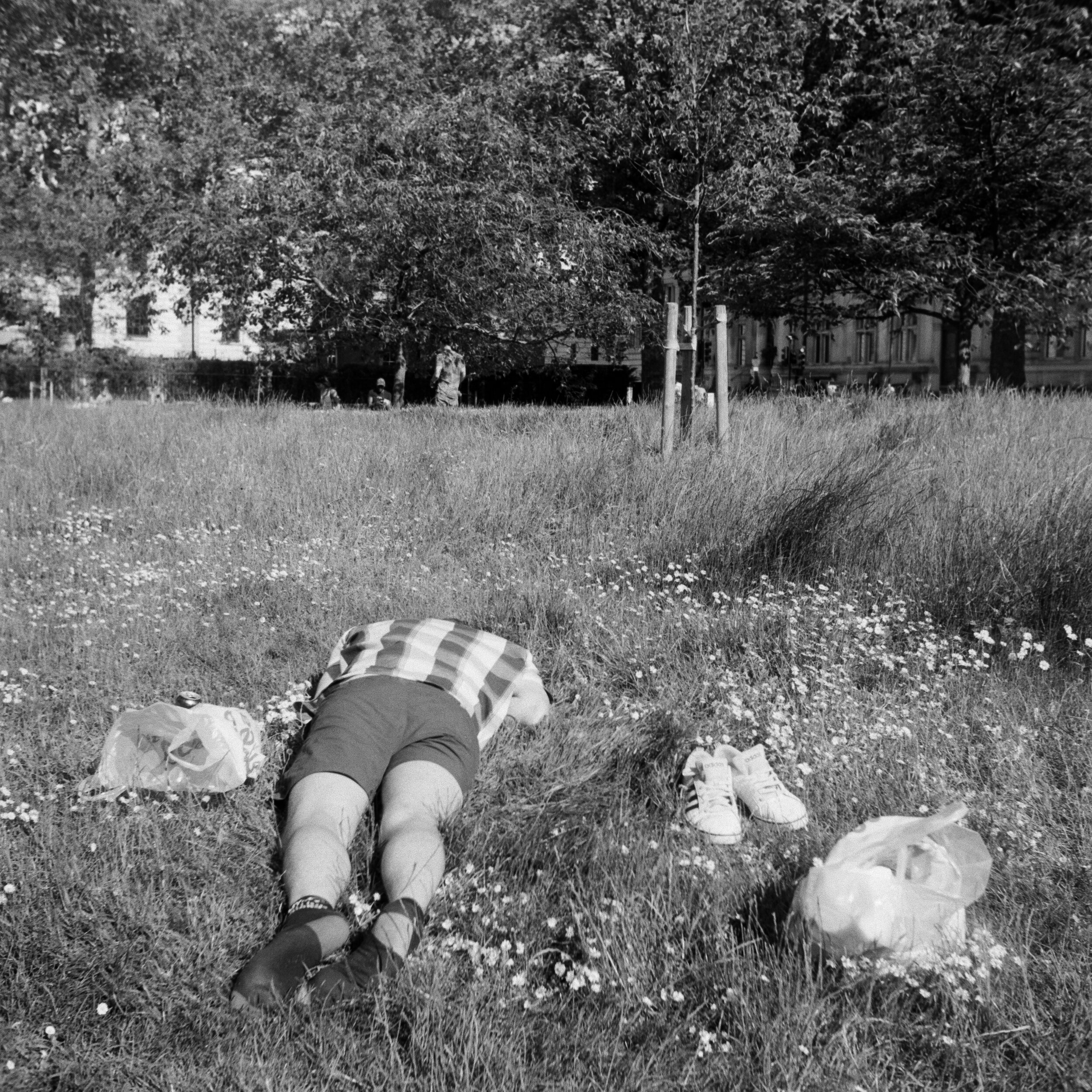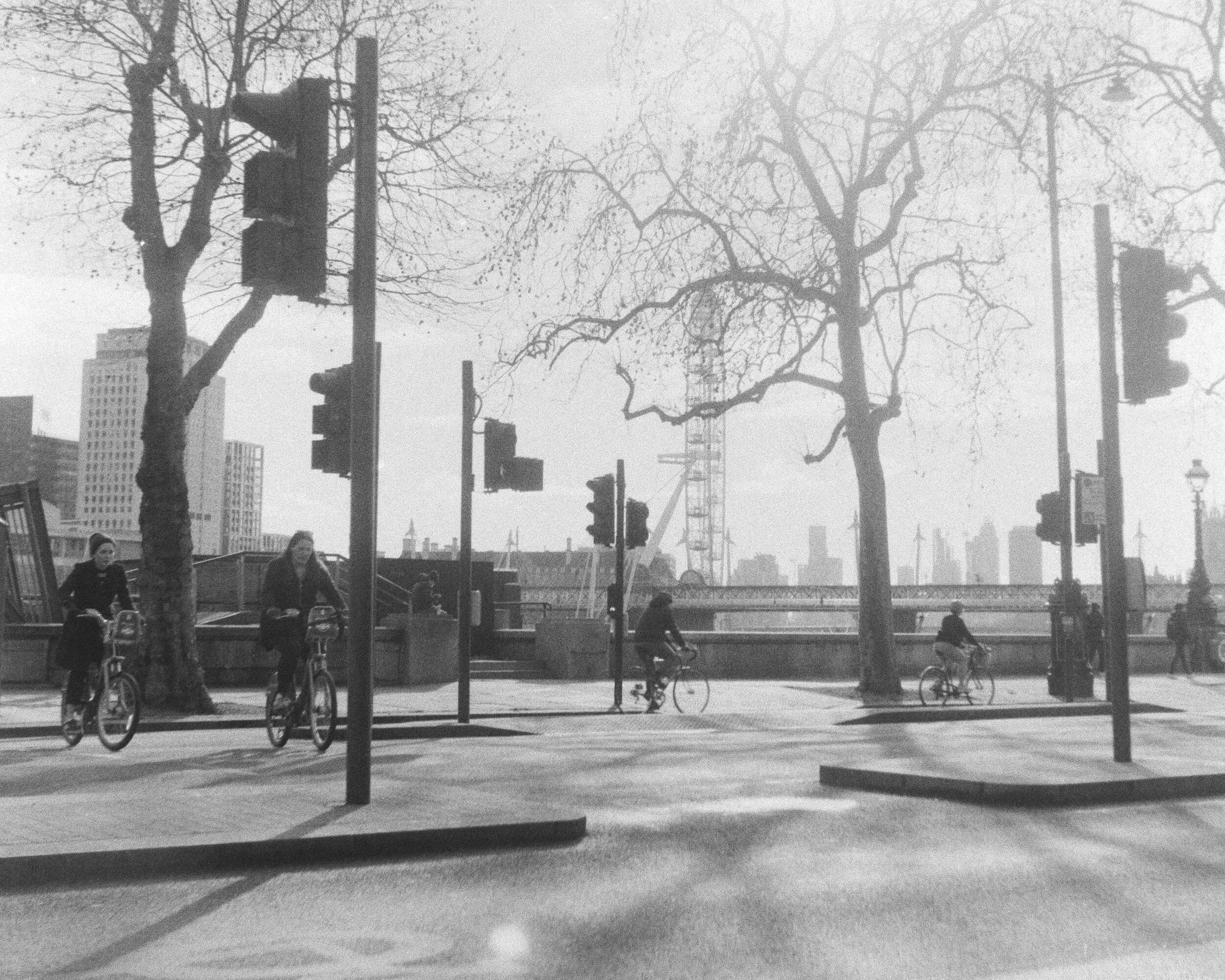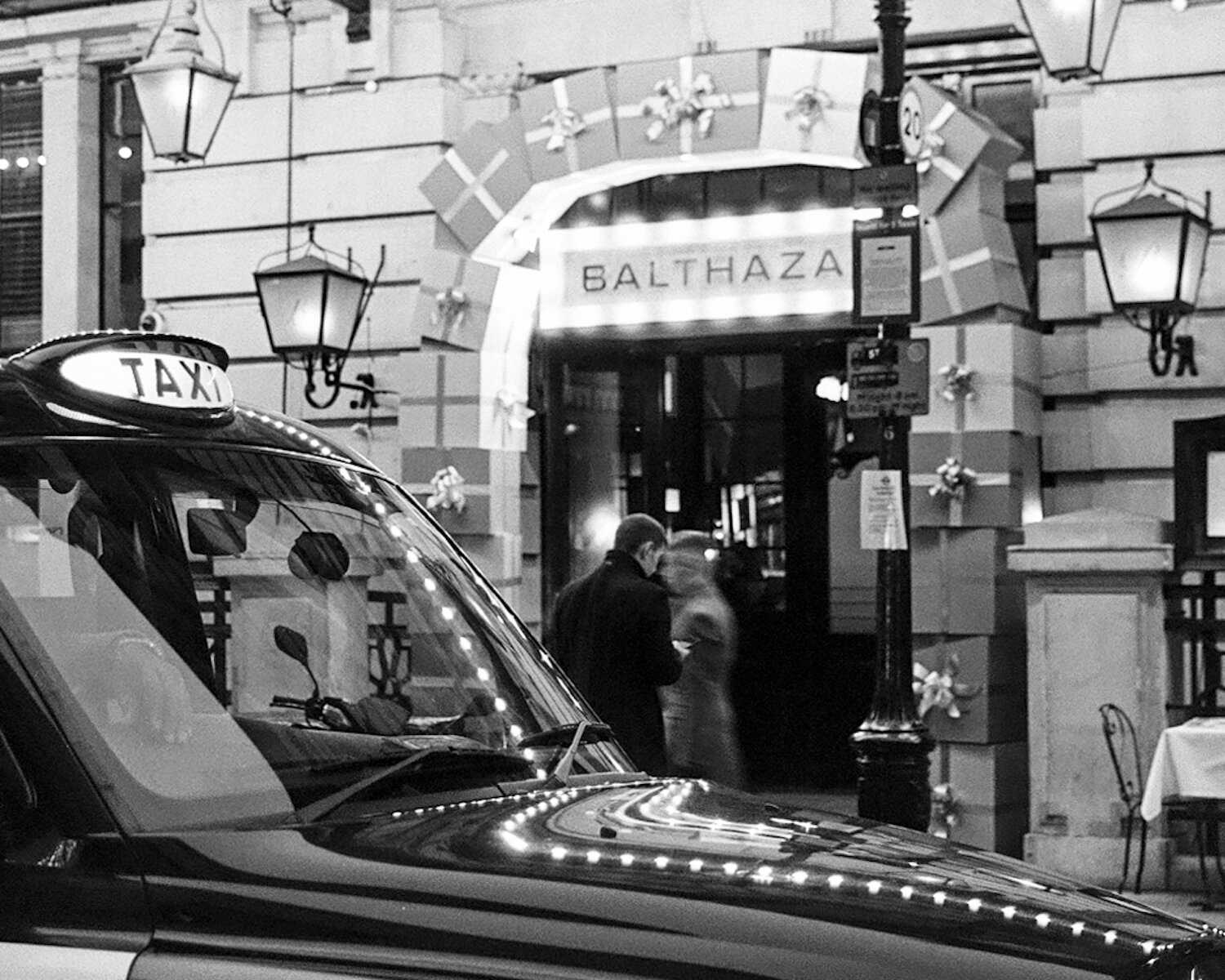This article walks you through the considerations to make in choosing a 35mm film, with recommendations of the specific brand and ISO for a particular situation to get your started. Sample images are included.
If you find this helpful, SUBSCRIBE to my channel via the box on the left to make the most out of my blog! Also, do share it with people who might be interested. Shoot me an email/ DM to share your thoughts too.
Also, Pin this article to your Film Photography boards in Pinterest if you find it helpful!
How to choose the appropriate film speed?
Usually, the logic is to go for the lowest film speed that is sufficient, in the interest of keeping grain minimal. Slower film speeds ranging from ISO 100 and below are great for bright, sunny days. Mid-range films from ISO 200 to 400 are great for overcast days. Faster film speeds from ISO 800 and above are great for dim light situations and night time.
That, of course, is a very rough categorisation of film speeds and their applications. As with any norms in photography, this is to be taken as a guide only.
Listed below, though by no means exhaustive, are the most common lighting situations one would encounter. Assuming straight development, here are the corresponding suggested film speeds.
Intense daylight - ISO 100, 50 or even lower. To be able to shoot with low speed films, especially those below ISO 100, you will need the day to be outrageously bright. This doesn’t happen often obviously and therefore you would want to grab the opportunity to shoot with slow films, weather permitting. Be ready to be amazed by the fine grain and vibrant colours.
Subtle daylight with clear sky - ISO 200. Technically you can go lower, though if you want more buffer in relation to the shutter speed and aperture, opt for ISO 200. It also offers better coverage if a large part of the frame happens to be in shadow where the light is directional.
Diffuse daylight with overcast - ISO 400. Under this type of weather, especially if it is also a windy day, the rapid movement of clouds can lead to frequent changes in light. For instance, what was in the light 3 seconds ago can now be in shadows. ISO 400 provides sufficient wiggle room to expose anything, whether in highlights or shadow.
Heavy overcast or about to rain - ISO 400. Shooting under this subdued light can be tricky. Technically, an ISO 800 film would be the safer choice. But the grain roughness also jumps substantially from ISO 400 to 800.
Rain - ISO 800. Depending on how persistent the rain is. Here we are referring to heavy showers that last for at least 30 minutes. The sky would basically be as dark as early evening time. If you potentially want to photograph the rain, an ISO of 800 would be minimum.
Daytime indoors - ISO 200. You would be in a better position if you have a flash just in case, but even without one, you would be able to make great photos by paying attention to where the light is hitting your subjects. If you foresee the need to shoot backlit, opt for ISO 400 or even 800 instead.
Nighttime indoors - ISO 3200. Without the sun as the lighting source, you are at the mercy of whatever light the venue has put up. Oftentimes they are deliberately lit dimly. Without a flash, go for an ISO 3200 to play safe.
How do I know what film my camera takes?
The best way is to search up the model of your camera and read the manual published by the manufacturer. Your camera will take any film that is of the right size, most commonly 35mm, 120, large format or polaroid. Beyond the designated format, the specific film stock would not be an issue. 35mm films typically come in canisters, 120 in rolls and large format in sheets.
See below for a breakdown of common 35mm, medium and large format camera types and the film that they take respectively.
35mm film camera types
Here are the common film camera types that take 35mm film and their respective appearances:
Single-lens reflex (SLR), which look like any generic digital camera today;
Rangefinders, which look like any digital rangefinder today;
Compact cameras, also known as point and shoots; and
Disposable cameras.
It is worth mentioning that some 35mm cameras shoot half-frames. For example, the Olympus Pen F and the Canon Demi. You still load 35mm film into these, but each shot only takes up half of the 35mm frame.
As a result, you half the size of the ‘sensor’ but end up with double the amount of photos. For instance, you will get 72 photos out of a 36-frame roll, at half the usual resolution.
But this class of cameras are more the exception than the norm.
Medium format film camera types
Here are the common film camera types that take 120 film and their respective appearances:
Single-lens reflex (SLR), which look like today’s DSLR with a taller body;
Hasselblad-style SLR, which look like a box with a lens protruding from the front;
Rangefinders, which look like today’s rangefinder with a taller body;
Twin-lens reflex (TLR), which looks like a box with two lenses in front; and
Toy cameras, which mostly refer to plastic Holga cameras.
Medium format is a general term for mainly 3 formats, namely 6x4.6 (cm), 6x6 and 6x7. Some cameras only shoot one of these formats, others are able to shift between a few.
But either way, the film the camera takes is the same - good old 120 roll film.
You just end up with different number of frames - 10 frames for 6x7, 12 for 6x6 (most commonly the case) and 15 for 6x4.5.
Larger format film camera types
Larger format film is an umbrella term for a handful of formats, starting from 4x5 (inches), up to 5x7, 8x10 and more.
Honestly, those who own a larger format camera and happens to develop an interest in them probably know enough to be interested in the first place.
But the simplest way you can tell a camera shoots large format is by its sheer size.
Other formats
There are cameras that are made for less common formats, including 110 and APS. These are relatively rare. But again, as long as it is of the correct format, your camera will take any film, regardless of brand or ISO.
Can you put any film in any camera?
Yes, as long as the film is of the corresponding format that your camera takes. 35mm film cameras take 35mm film, medium format cameras take 120 roll film, and large format cameras take sheet film of their dedicated sizes. The precise brand and ISO does not matter.
What film is best for shooting at night?
At normal shutters speeds and without artificial light, you mainly choose a film speed based on how dark the scene is. Usually ISO 800 upwards, to ISO 1600, up to ISO 3200. If the scene is almost completely dark, you will likely have to opt for a black and white film, because color films are usually rated at ISO 800 at most. For anything faster, black and white is the more viable option.
‘Night time’ technically includes quite a range of darknesses, and nighttime photography can be done in a variety of methods. Let’s first assume you are shooting handheld without adding artificial strobes or lights, and intend a straight development of film.
An ISO of 800 would be sufficient from sunset to blue hour. This refers to the period of time during which the sun has already descended beyond the horizon and therefore cannot be seen, yet the sky is still illuminated by the sun’s rays, resulting in a somewhat bright blue sky.
You can comfortably shoot at ISO 800 if the city you are shooting in has a fair amount of city lights, because these do raise the overall brightness up a notch. At least they help create a sense of brightness, effectively avoiding the occurrence of large shadow areas across the frame.
Though an ISO 800 film might struggle if you are shooting in a city with not much city lights. Should that be the case, an ISO 1600 film would be a better fit. I would recommend a 3200 if your lens is not fast enough (aka cannot stop lower than f/2.8).
Once the sky gets completely dark, you will have to make do with 3200. But even when shooting with 3200 ISO, it will require you to choose your subjects wisely. You achieve the best results by maximising the amount of light in the frame by either moving your subjects towards light, or your vantage point.
In my opinion, if you have to shoot high speed film, aka film that gives rough grain, it is more pleasing to go for black and white film rather than colour.
Standard stuff out the window, here are more ways I’ve seen photographers work that would take this limit off your film speed of choice.
Firstly, consider shooting longer exposures by using a mono/tripod. By long exposure I do not necessarily mean shutters in the 10s range, but simply being able to drop it to 1/2s would make a huge difference from 1/80s. Unless you are shooting something that moves and has quite a bit of activity, for the majority of cases, extending the shutter speed does not fundamentally alter your shot (in a bad way, if at all).
Secondly, also a viable option, is to push film. This allows you to shoot at faster shutter speeds and smaller apertures. You simply overdevelop the film afterwards. For instance, you will be able to use an ISO 400 film, meter for ISO 1600, and develop it as ISO 1600. This substantially opens up your options for film stock. That is not to say you can do it to the extreme; the fit to push depends on the specific film stock.
Another option is to introduce more light, either in form of strobe flashes or light painting. Bringing lights with you does create potential issues in relation to portability, and therefore are usually used where the above suggestions absolutely do not work.
Using external lighting on film does require meticulous calculation and practice, which would be beyond the scope of this article. But do keep in mind that this is something you should consider.
What film is best for indoors and low light?
If you are not using flash, choose films of ISO 800 or above. Films like Cinestill 800T are designed to offset the yellow cast typical of indoor settings, whereas Portra 800 gives a more neutral rendering of colours as is. Kodak TMax 3200 is recommended for black and white. If you are able to use a flash, any films with ISO 200 or higher would be safe.
The first consideration in picking a film is whether you will use a flash. A flash is going to not only light up your scene but also give a different look to your photos. Here is a brief comparison for your reference.
If you decided to go with a flash, depending on the power of your flash, in most cases you will be able to capture enough light by making the flash work for you in the situation. A slower film would simply require you to turn up the flash intensity.
I have shot as slow as ISO 100 indoors with a flash and got properly exposed results. But to begin with, you might consider getting an ISO 200 film to play safe.
You will also need to decide between black and white vs colour, and what emulsion, if the latter. For black and white, Kodak TMax 3200 is a rather straightforward choice, being the highest ISO stock on the market that gives least grain and greater contrast.
Check out the latest prices of Kodak TMax 3200 on Amazon.
Colour, on the other hand, requires some understanding of what the situation will be like. For a room that is mostly lit by warmer lights, and if you intend to correct that, go for the Cinestill 800T. If that is not an issue, or where the white balance is similar to daylight, Portra 800 will give closer-to-life look.
Check out the latest prices of Cinestill 800T on Amazon.
Best 35mm film for summer?
Have a go at Kodak Ektar 100. Summer is this time of the year when there is sunshine all day long, providing flattering warm illumination to anything it hits. People spend a considerable amount of time outdoors. The daylight balanced, vivid colour rendition of Ektar effectively conveys the holiday look. With a high level of sharpness, it is a great fit for photographing landscapes and urban structures.
Here are images shot on Kodak Ektar 100, using the Canon EOS A2.
Check out the latest prices of Kodak Ektar 100 on Amazon.
Alternatively, Kodak Portra 160 is a film that gives a relatively neutral color rendition. It still has a warm tone to it, being rich in yellows and reds, but overall more close to reality than the Ektar 100. It is also very fine grain and would be great for portrait situations.
Here are images shot on Kodak Portra 100, using the Olympus XA.
Check out the latest prices of Kodak Portra 100 on Amazon.
Best 35mm film for winter?
Ilford Hp5 400. Winter typically features less vibrant colours. Shooting black and white is an effective way of capturing the spirit of something without being affected by colour. ISO 400 provides sufficient buffer as winter days come with less intense sunlight. As for colour films, Kodak Portra 400 is a solid choice. It returns warm tones and fine grain as an ISO 400 film.
Here are images shot on Ilford Hp5 400, using the Minolta Maxuum 5000. For your information these were shot in December 2020, when the Pandemic was at its peak here in London.
Check out the latest prices of Ilford Hp5 400 on Amazon.
Depending on where you are, strategically turning a scene with dull colours into black and white is something I do often to eliminate the effect of muddy-looking, lacklustre colours.
Best 35mm film for green and earthy tones?
Fujifilm Fujicolor C200. It really shines when you balance the greenish hues, which is a Fuji special, with subjects with warmer tones. For instance, the green tint makes a great combination with cityscape. It balances out the reds in the highlights, but leaves a hint of greens in the shadow. This color contrast looks very flattering when used strategically.
I have found the c200 to produce nicely balanced colours where the subject does not contain too much green, which is why it has become my choice of film for shooting urban and street photography.
Here are some images shot on the Fujifilm Fujicolor C200 on a Minolta Maxxum 5000.
Check out the latest prices of Fujifilm Fujicolor c200 on Amazon.
Best grainy 35mm film?
Consider Ilford Delta 3200. At this fast speed, the grain is more pronounced than almost any film stock you can find on the market. If you shoot it under sufficient light, the grain translates into sharp edges and shadow detail. This results in a subdued impression of grain, which comes across as appealing to grain-lovers.
Here are some images shot on Ilford Delta 3200, shot on a Minolta Maxxum 5000.
Check out the latest prices of Ilford Delta 3200 on Amazon.
Sharpest black and white film?
Fujifilm Neopan Acros 100. Its sharpness is largely attributed to its fine grain, which engenders the impression of sharp and well-defined edges. The resolution, on the other hand, was designed to provide a level of sharpness on par with digital photos. Photos made on Acros 100 can hardly be differentiated with digital images.
Here are some sample images taken on Acros 100 on a TLR.
Check out the latest prices of Fujifilm Neopan Acros 100 on Amazon.
That said, do bear in mind that sharpness is a strange concept - the film that is capable of the greatest sharpness does not necessarily yield the sharpest photos finally.
I would go on to assert that a trade-off with using low speed films is that you will be forced to stop down your aperture. This tends to create softer photos, especially so if the lens resolution isn’t as great.
Another important factor is the developer - every film stock produces sharpest results with a different developer. The sharpest black and white film for you partly depends on the developer that you have access to.
The Ilford Hp5 400 is another great option for sharpness, especially in situations where slow film speeds like 100 is simply not enough. The grain is relatively finer given it is an ISO 400 film, as compared to its counterparts such as the Kodak Tri-X 400.
Check out the latest prices of Ilford Hp5 400 and Kodak Tri-X 400 on Amazon.
Here are some photos made on the Ilford Hp5 400. The one on the right is 35mm, the rest is 120.
Summary
In this article, we talked about:
How to choose the appropriate film speed;
How to know what film your camera takes;
Whether you can put any film into your camera;
The best film for shooting at night;
The best film for shooting indoors;
The best film for shooting in summer;
The best film for shooting in winter;
The best film for green and earthy tones;
The best film for grain; and
The sharpest black and white film.
SUBSCRIBE via the box on the left for more PRO tips, and follow me on Instagram (@_bjiao__) and let me know what you think in the comments!
Share this article on Pinterest too!
Keep shooting, keep creating!
The mission of this blog is to provide the best insider information in the photography industry, as openly as possible. You have direct access to my
first-person experience as an aspiring photographer who talks, but also works.
Honest opinion are rarely available as public resources because this is a competitive industry. Huge sums are made when such information is delivered in the form of mentorship and workshops.
This blog is a great way in which I cover my daily expenses, but also provide real value.
If you have learnt something that would be worth at least $10, please consider donating to the page. This enables me to keep creating content and helping more people sustainably.
Your continued support for the blog is appreciated!

